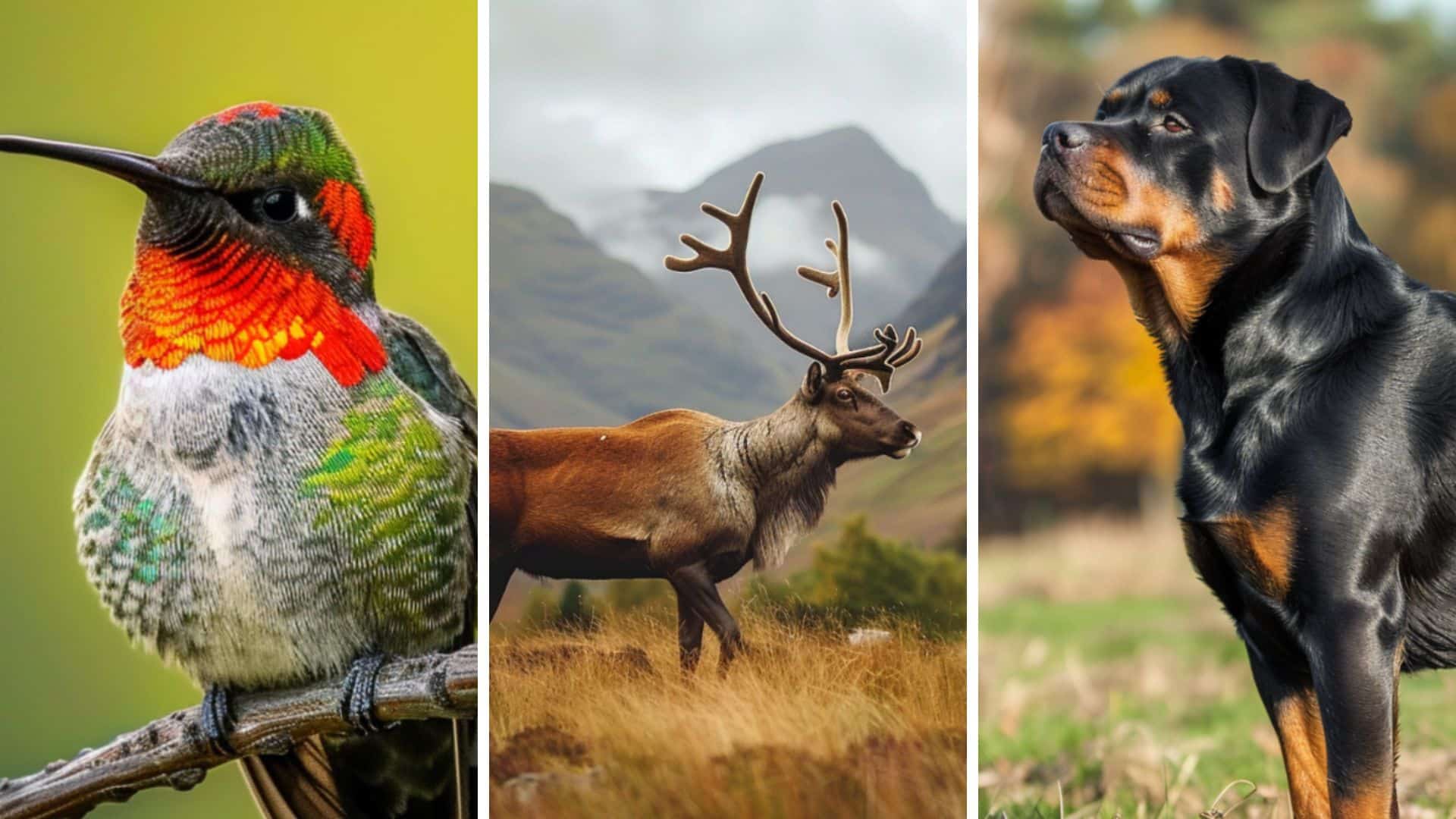Explore 40 Unique Animals that Begin with the Letter ‘R’c
Scrolling through animal lists online, you’ve probably noticed something interesting – certain letters seem to hog all the spotlight while others get left behind.
Picture trying to name animals that start with “R” off the top of your head. You might get rabbit, rhinoceros, and well, that’s where most people hit a wall. Yet the animal kingdom is absolutely bursting with incredible “R” creatures that rarely get the recognition they deserve.
From the depths of the ocean to the canopy of rainforests, animals beginning with “R” are everywhere. Some are adorable, others are downright bizarre, and a few might just blow your mind.
Ready to meet some of nature’s most interesting “R” residents? Let’s check into this wild collection.
1. Raccoon
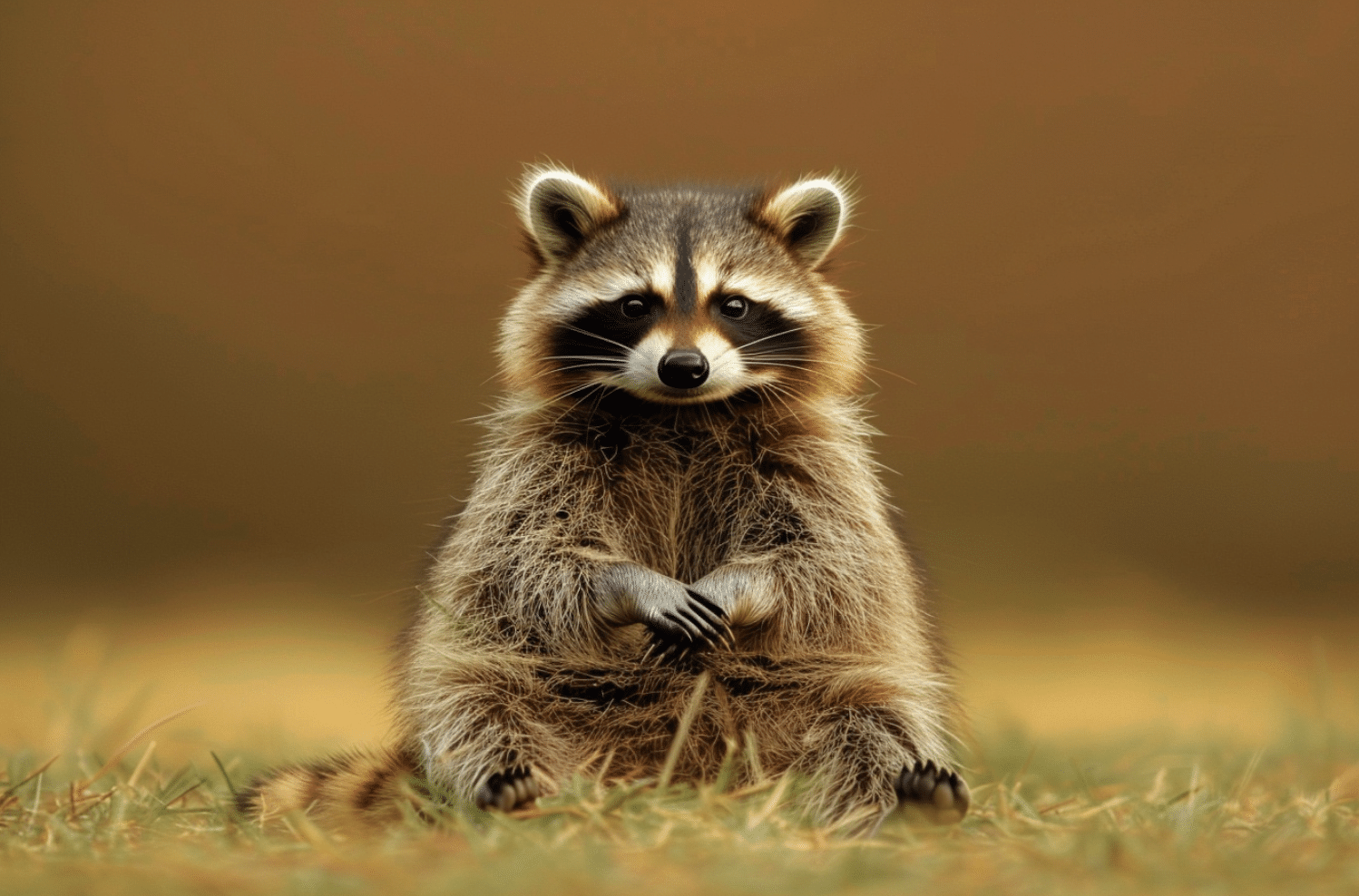
- Scientific Name: Procyon lotor
- Place of Origin: North America
- Region: Found across North and Central America
Fun Facts:
- Raccoons are highly intelligent.
- They use tools like rocks to open shells and nuts.
- They can remember solutions for up to three years.
2. Rat
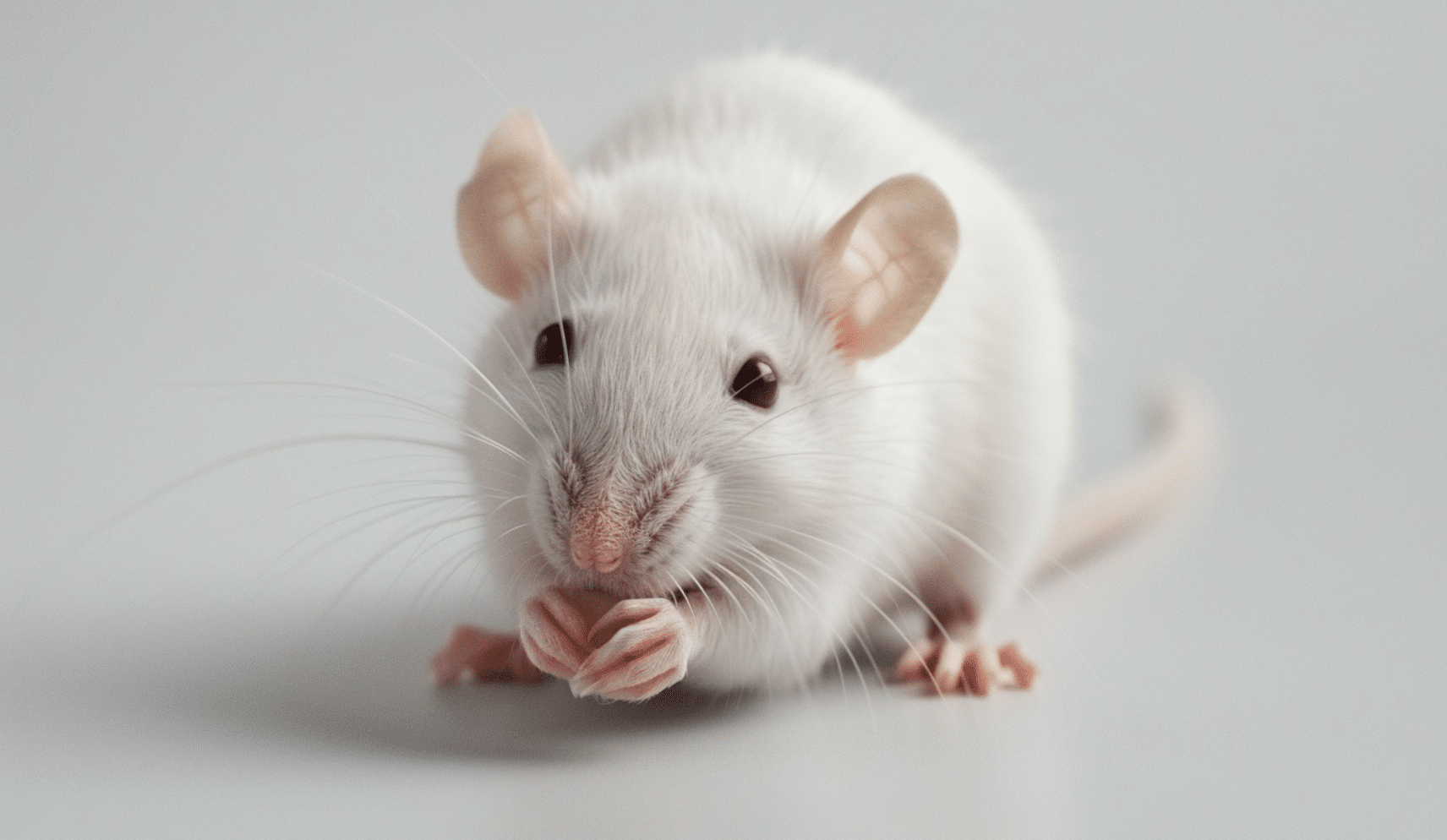
- Scientific Name: Rattus norvegicus
- Place of Origin: Central Asia
- Region: Found worldwide
Fun Facts:
- Rats have an excellent sense of taste.
- They can detect tiny amounts of chemicals in food.
- Taste buds are on their tongues, mouth roof, and gut lining.
- They can taste food even before it enters their mouths.
3. Rattlesnake
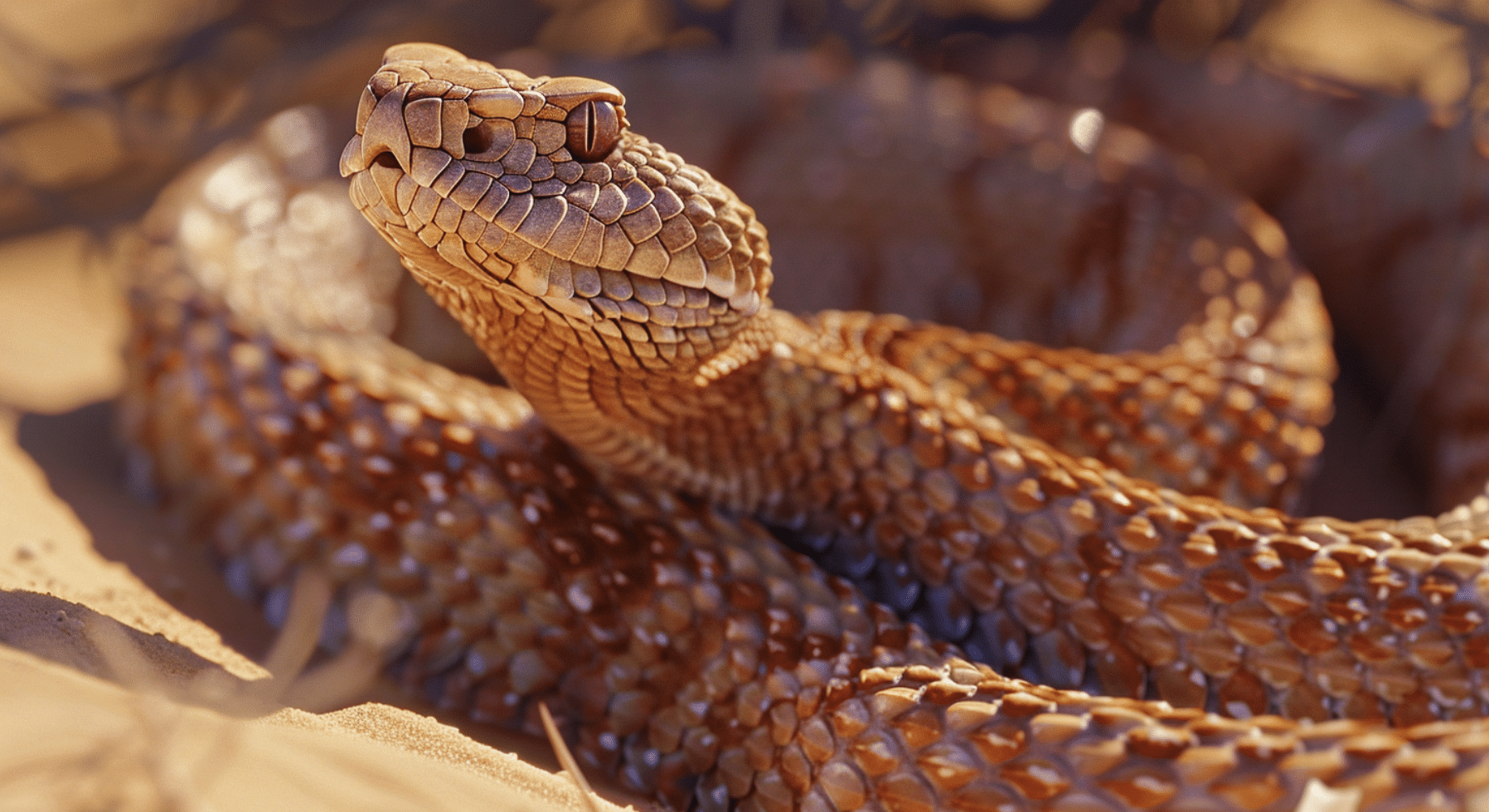
- Scientific Name: Crotalus spp
- Place of Origin: North and South America
- Region: Found throughout the Americas
Fun Facts:
- Rattlesnakes use their rattle to warn predators.
- The rattle produces a buzzing sound by shaking its hollow, segmented structure.
- This adaptation helps avoid confrontations.
- It allows them to conserve energy and strike only when necessary.
4. Raven
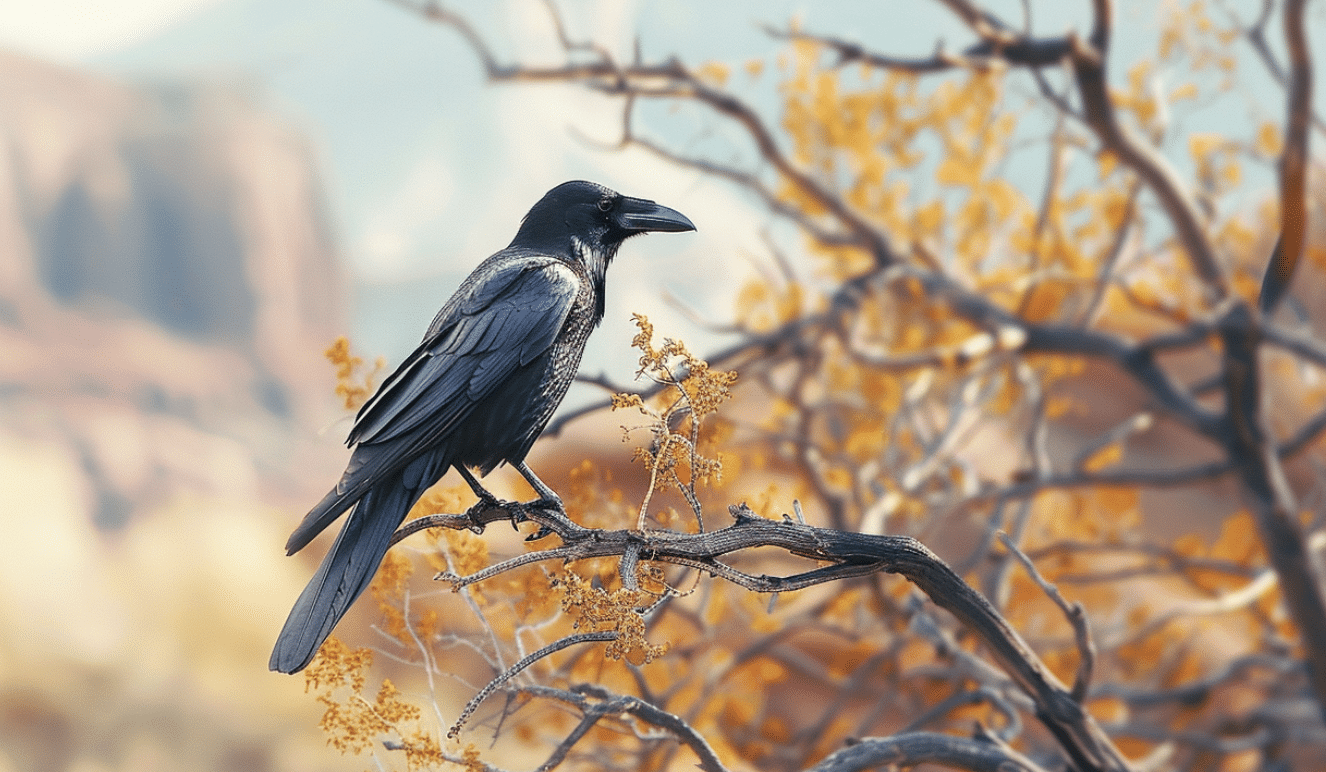
- Scientific Name: Corvus corax
- Place of Origin: Northern Hemisphere
- Region: Found across the Northern Hemisphere
Fun Facts:
- Ravens are highly intelligent birds.
- Their problem-solving skills rival those of great apes.
- They can use tools and engage in deception.
- They solve complex puzzles, even after distractions.
5. Reindeer
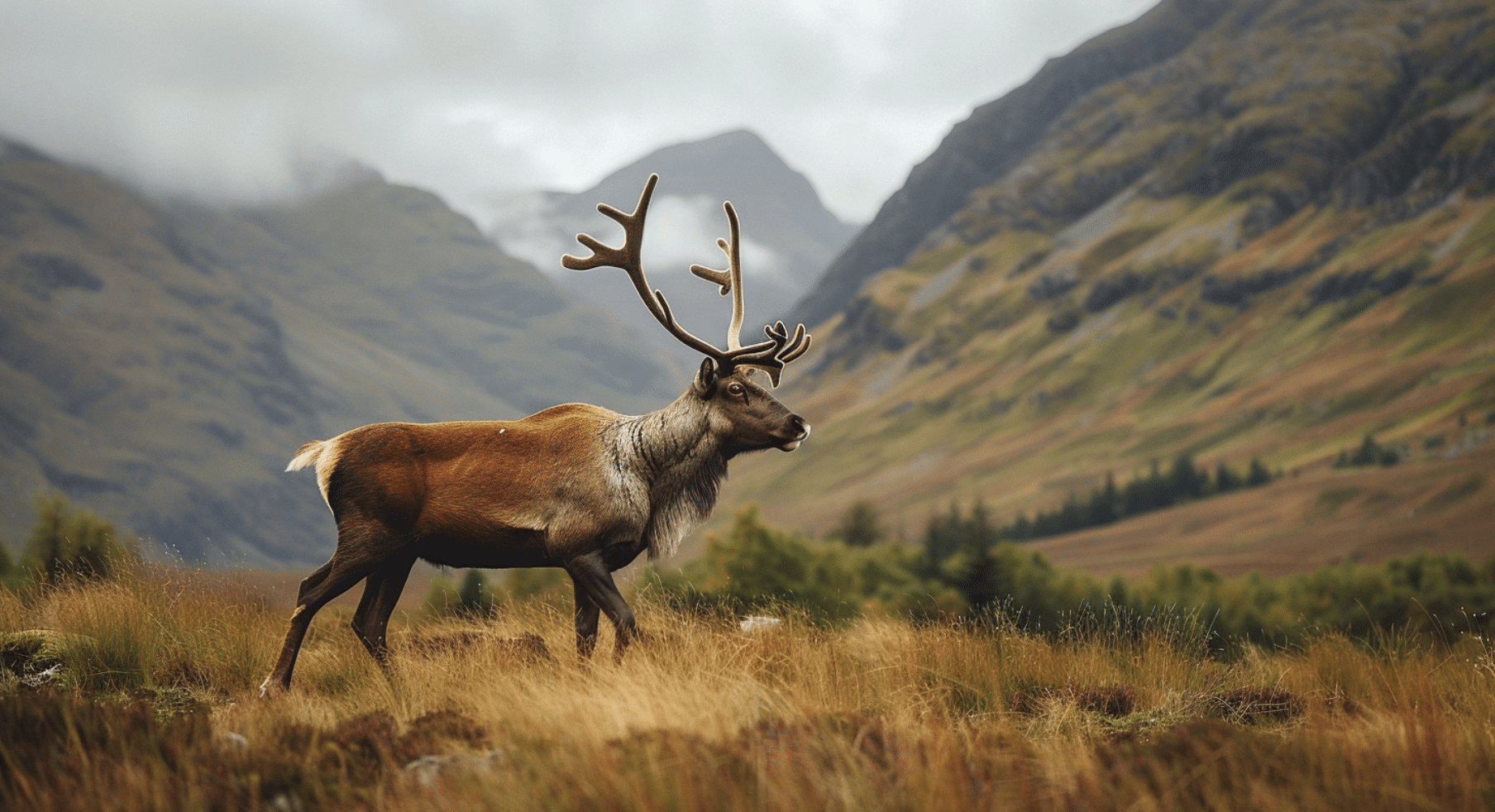
- Scientific Name: Rangifer tarandus
- Place of Origin: Arctic and Subarctic regions
- Region: Found in northern regions of Europe, Siberia, and North America
Fun Facts:
- Reindeer are the only domesticated deer species.
- Their fur changes color with the seasons.
- It becomes darker in summer and lighter in winter.
- This provides effective camouflage in different environments.
6. Rhinoceros
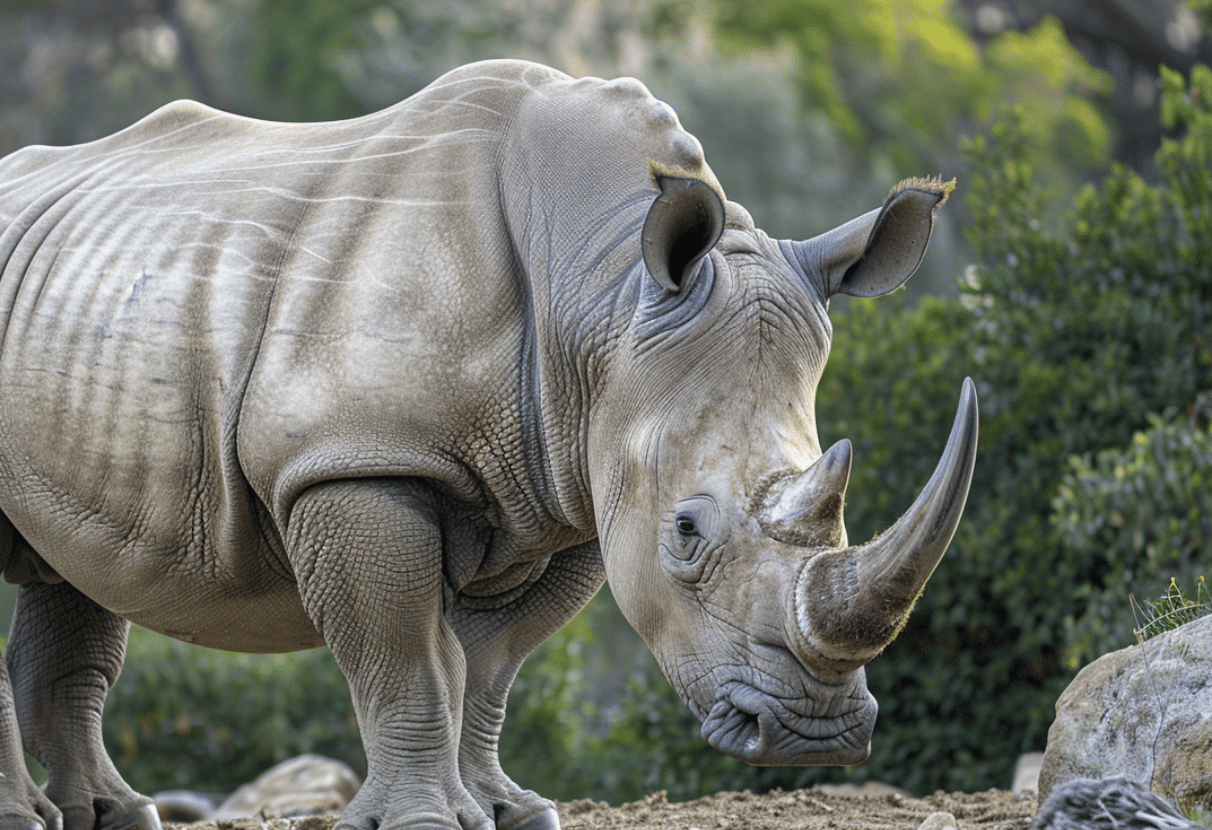
- Scientific Name: Rhinocerotidae
- Place of Origin: Africa and Asia
- Region: Found in various regions of Africa and Asia
Fun Facts:
- Rhinoceroses are among the largest land mammals.
- Their horns are made of keratin, like human fingernails.
- Despite their size, they are herbivores.
- They mainly eat grass, leaves, and shoots.
7. River Dolphin

- Scientific Name: Platanistidae
- Place of Origin: South Asia and South America
- Region: Found in the freshwater systems of South Asia and South America
Fun Facts:
- River dolphins are among the most endangered cetaceans.
- They are adapted to freshwater rivers and estuaries.
- They have long, narrow snouts and small, non-functional eyes.
- They rely mainly on echolocation for navigation and hunting.
8. Robin
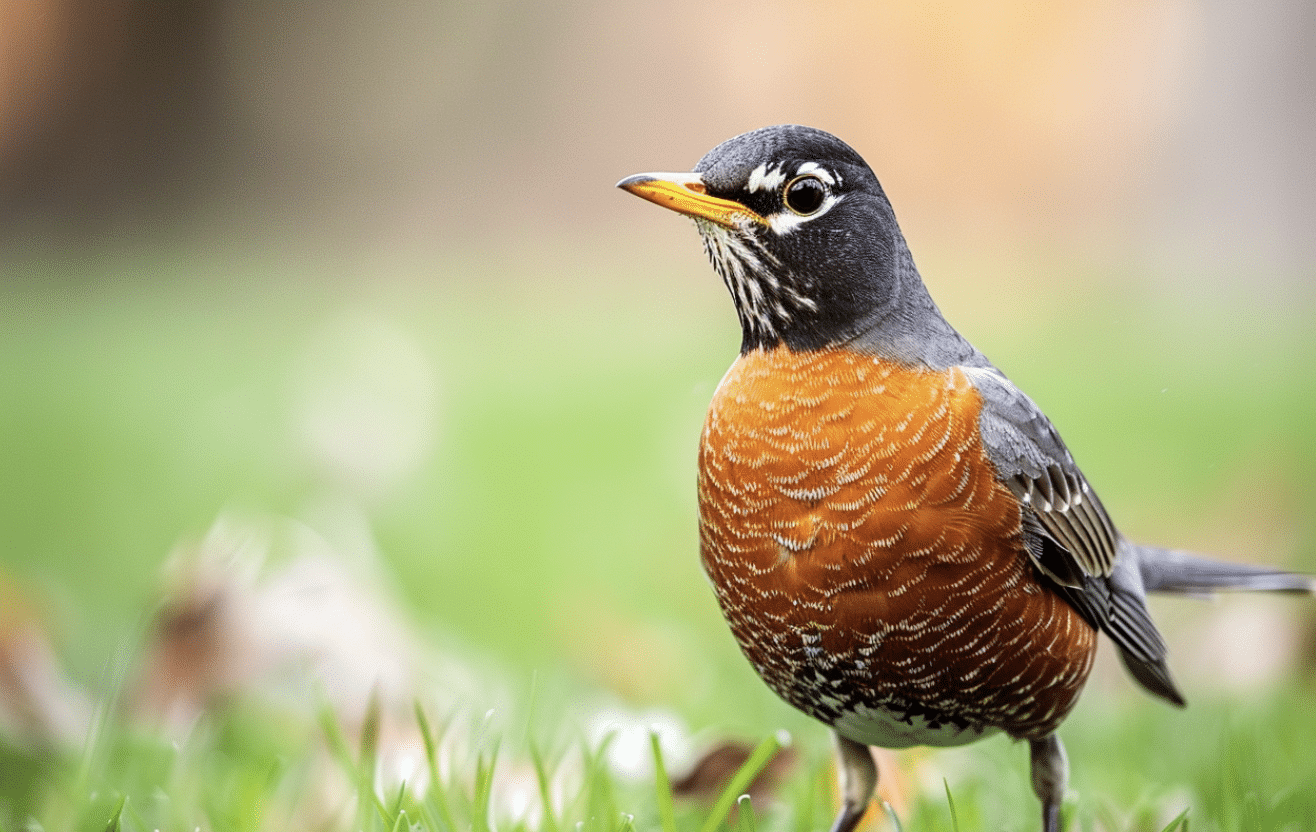
- Scientific Name: Turdus migratorius
- Place of Origin: North America
- Region: Found across North America
Fun Facts:
- Robins are a familiar bird species in North America.
- They are known for their cheerful songs and orange-red breasts.
- They have an excellent sense of smell.
- This helps them find earthworms, their main food source.
9. Rock Hyrax
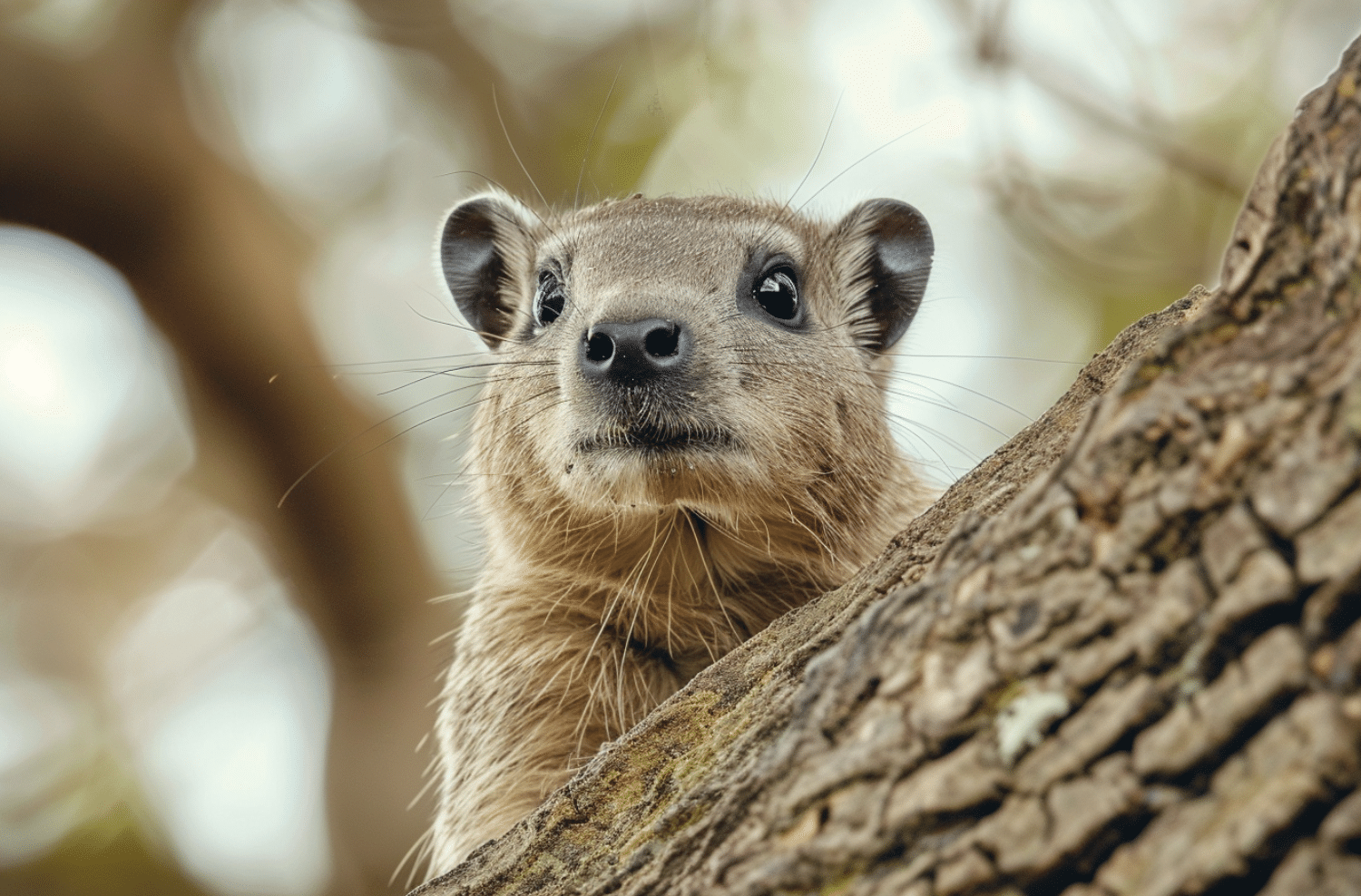
- Scientific Name: Procavia capensis
- Place of Origin: Africa and the Middle East
- Region: Found in various regions of Africa and the Middle East
Fun Facts:
- Rock hyraxes, or rock badgers, are small mammals resembling guinea pigs.
- Despite their looks, they are more closely related to elephants and manatees than to rodents.
10. Rockhopper Penguin
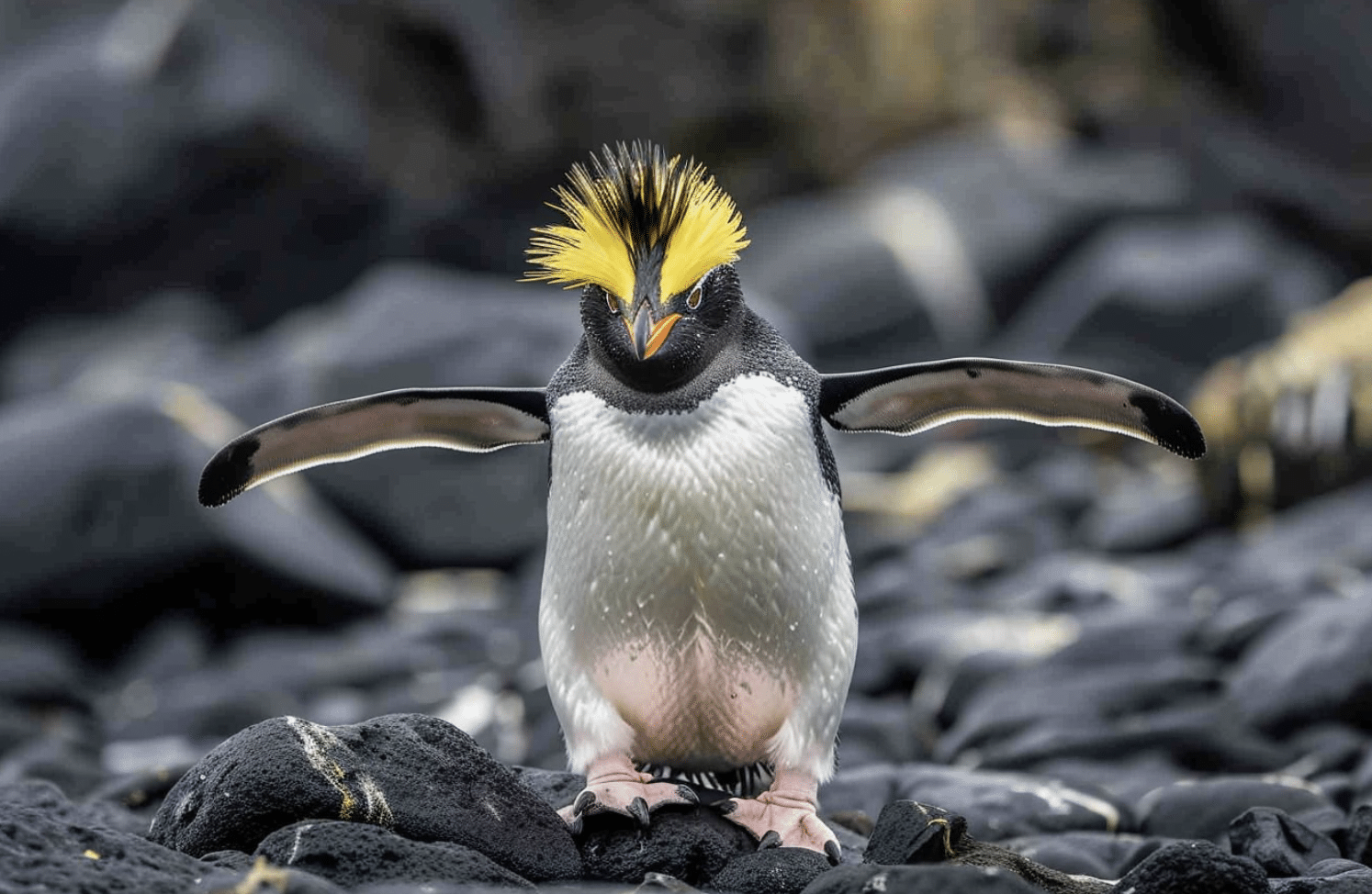
- Scientific Name: Eudyptes chrysocome
- Place of Origin: Southern Ocean islands
- Region: Found on islands in the Southern Ocean
Fun Facts:
- Rockhopper penguins have distinctive yellow and black feather crests.
- They use these crests in courtship displays.
- They are excellent swimmers.
- They can dive up to 100 meters to hunt for food.
11. Rooster
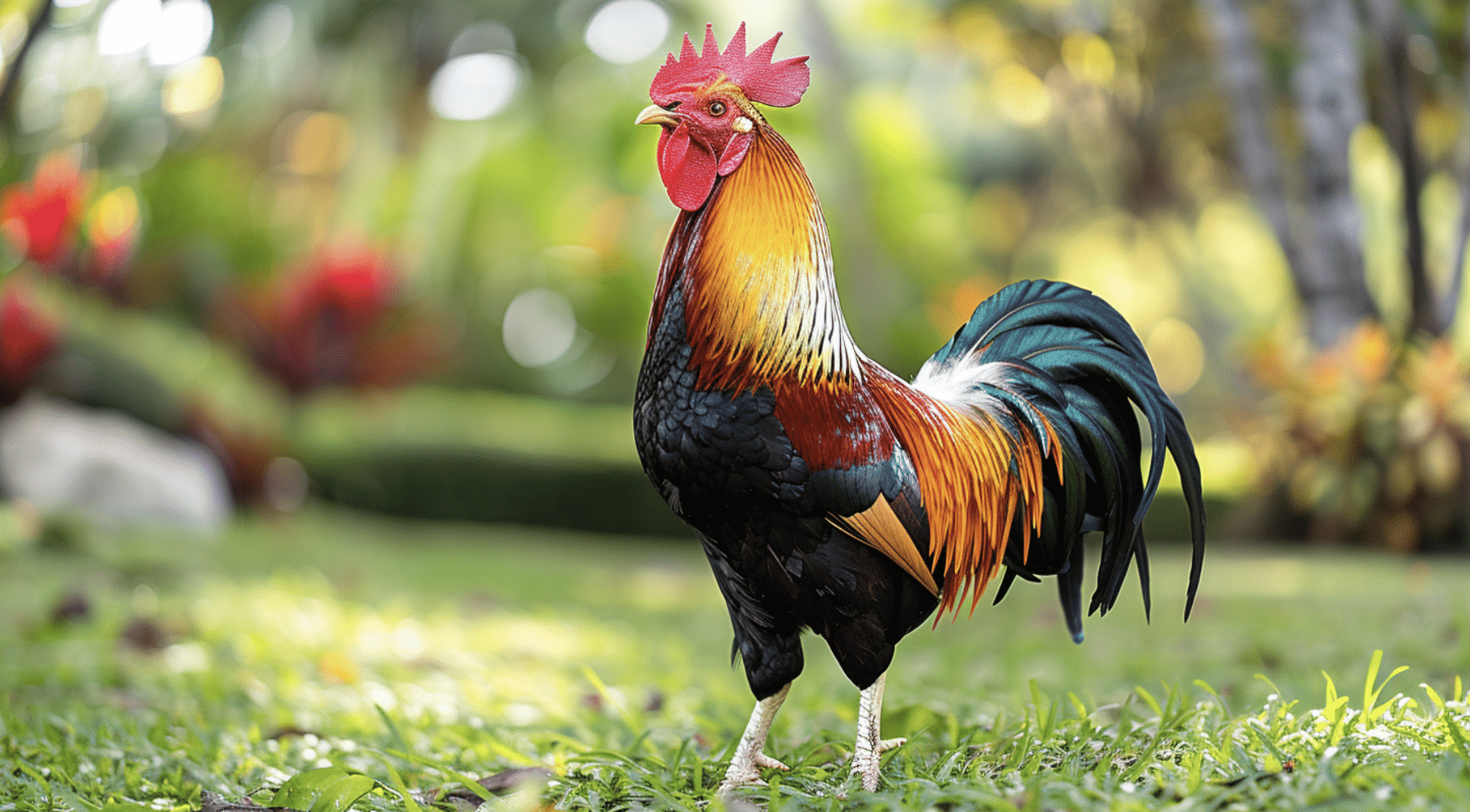
- Scientific Name: Gallus gallus domesticus
- Place of Origin: Southeast Asia
- Region: Found worldwide as domesticated fowl
Fun Facts:
- Roosters are male chickens known for crowing at dawn.
- Their crowing is regulated by a built-in biological clock.
- They crow to establish territory and attract mates.
12. Rottweiler

- Scientific Name: Canis lupus familiaris
- Place of Origin: Germany
- Region: Found worldwide as a domesticated breed
Fun Facts:
- Rottweilers were originally bred as herding dogs.
- They are known for their strength and endurance.
- Today, they are loyal companions.
- They are often used as service dogs or in law enforcement.
13. Roundworm
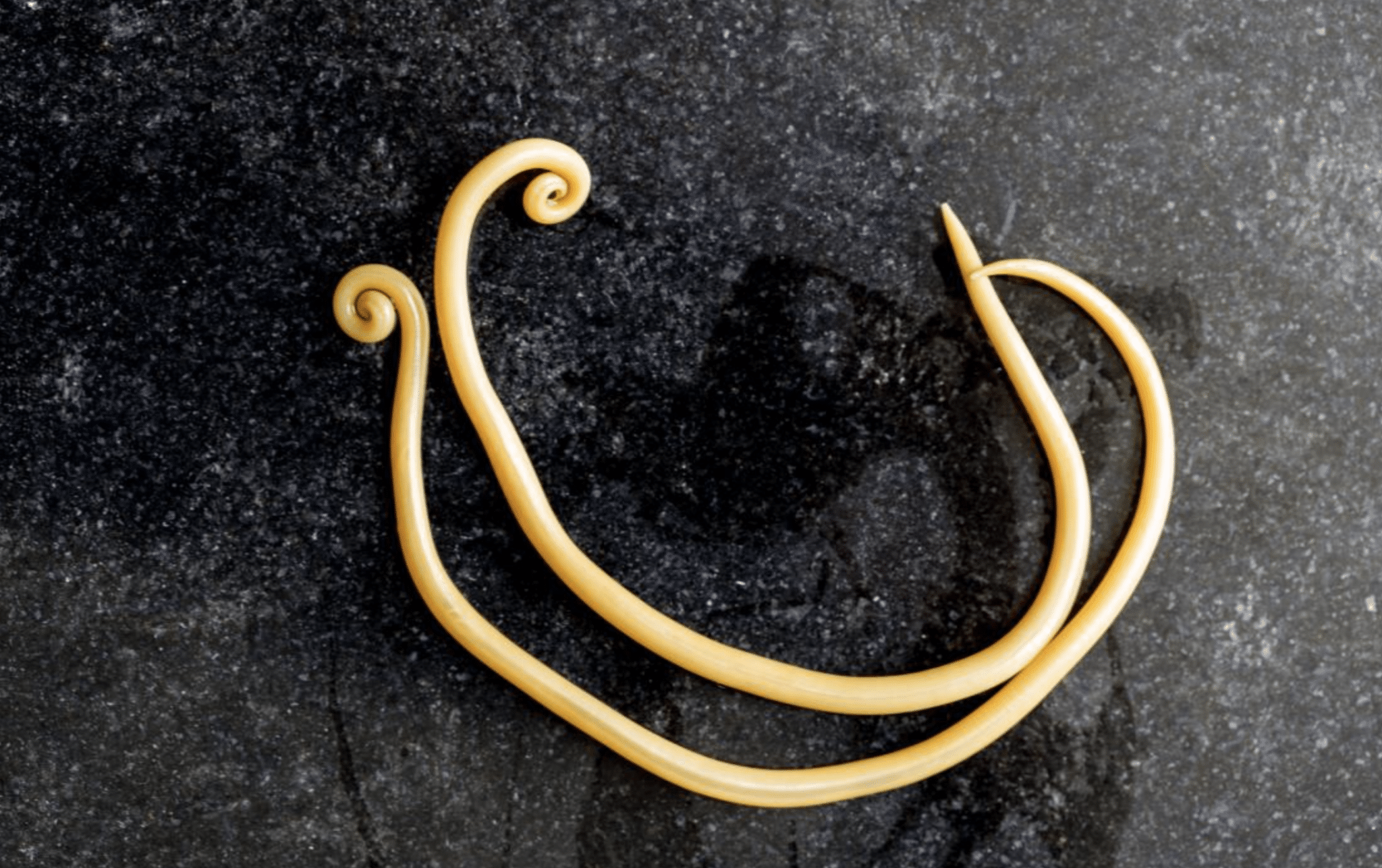
- Scientific Name: Nematoda
- Place of Origin: Various regions
- Region: Found worldwide in various habitats
Fun Facts:
- Roundworms are among the most numerous and diverse animals on Earth.
- There are an estimated 80,000 species.
- They range in size from microscopic to several meters long.
- They inhabit nearly every ecosystem, including oceans and backyard soil.
14. Ruby-Throated Hummingbird
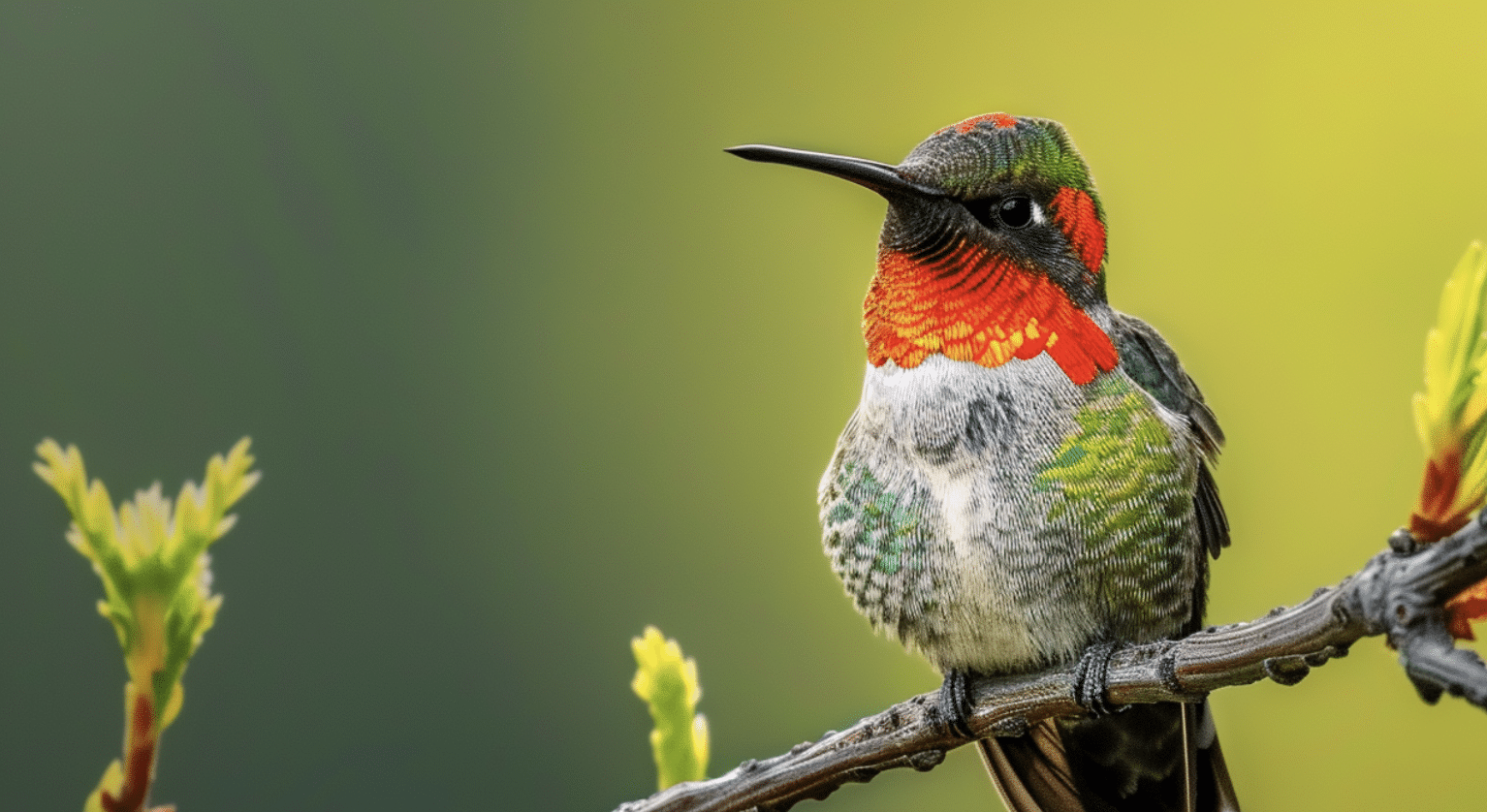
- Scientific Name: Archilochus colubris
- Place of Origin: North America
- Region: Found in North America during the breeding season
Fun Facts:
- Ruby-throated hummingbirds are the only hummingbird species that breed in eastern North America.
- They are small but powerful flyers.
- Their wings beat up to 53 times per second.
- This allows them to hover and fly in multiple directions.
15. Ruff
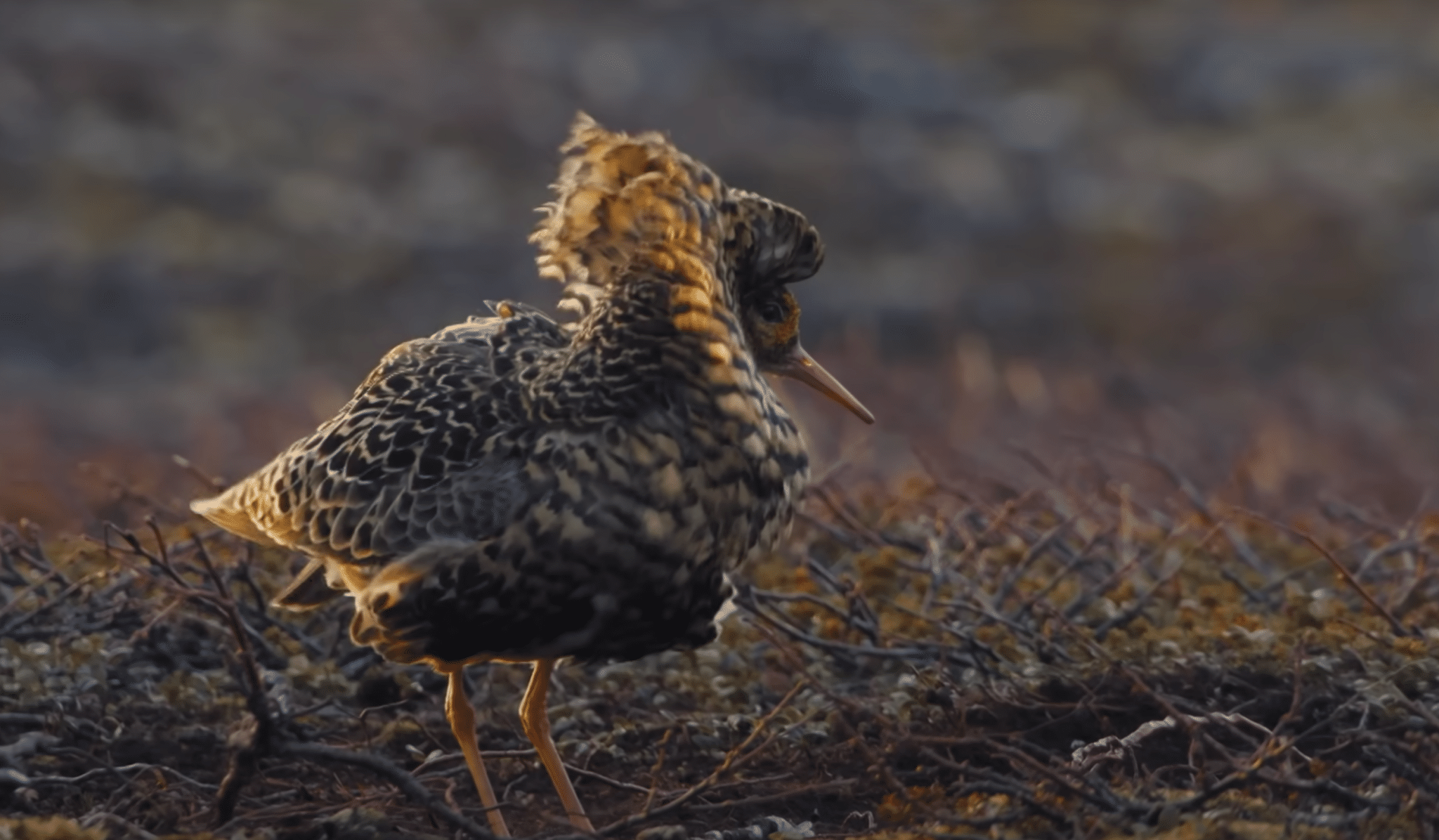
- Scientific Name: Calidris pugnax
- Place of Origin: Eurasia
- Region: Found in various regions of Europe, Asia, and Africa
Fun Facts:
- The ruff is a medium-sized wading bird.
- Males grow elaborate feather ruffs around their necks during breeding season.
- The ruffs are used in courtship displays and mate competitions.
16. Ruffed Grouse
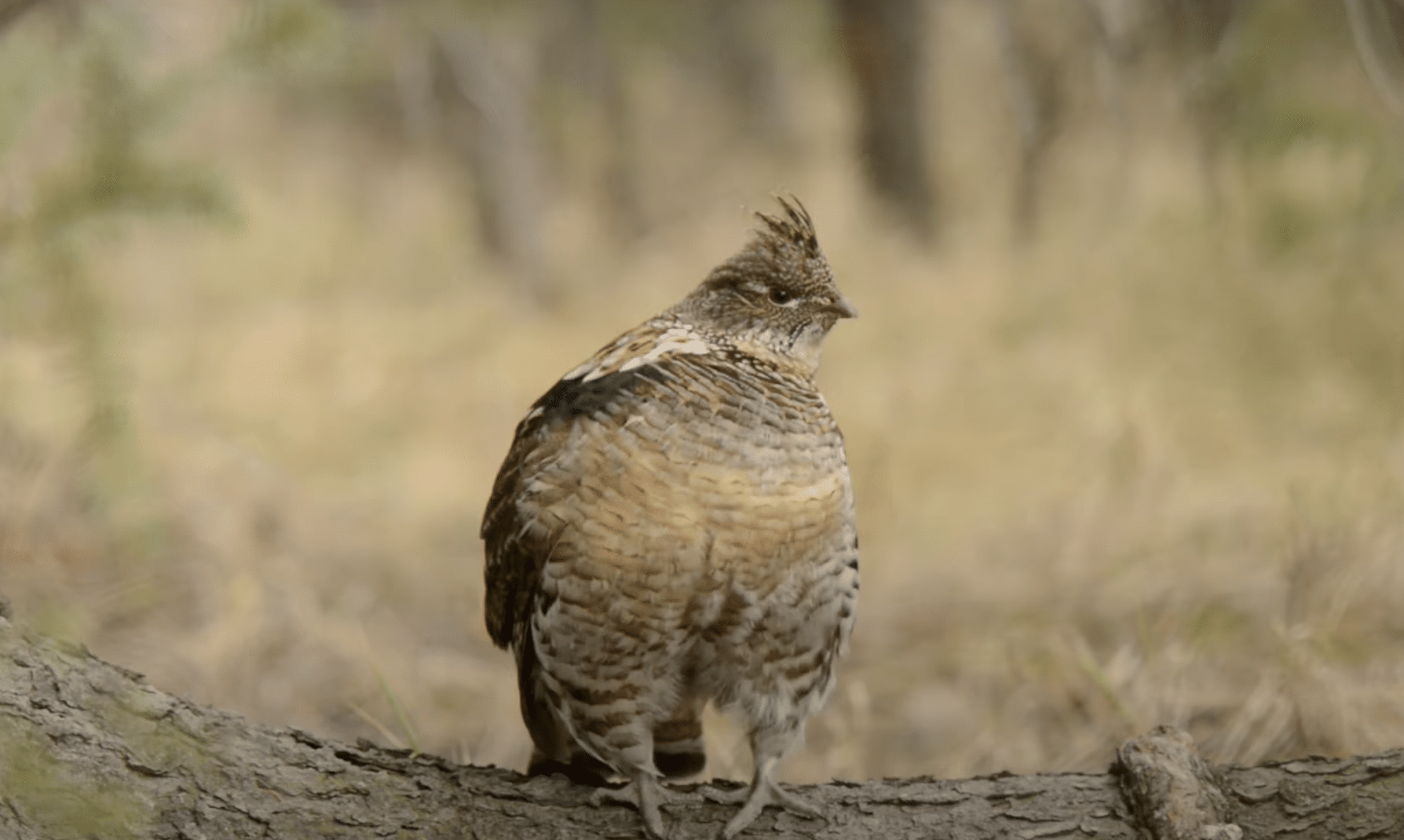
- Scientific Name: Bonasa umbellus
- Place of Origin: North America
- Region: Found in the various areas of North America
Fun Facts:
- Ruffed grouse are known for their distinctive drumming display.
- Males beat their wings on a hollow log to attract females.
- They can burst into flight with a loud, startling wing buzz.
17. Rufous Hummingbird
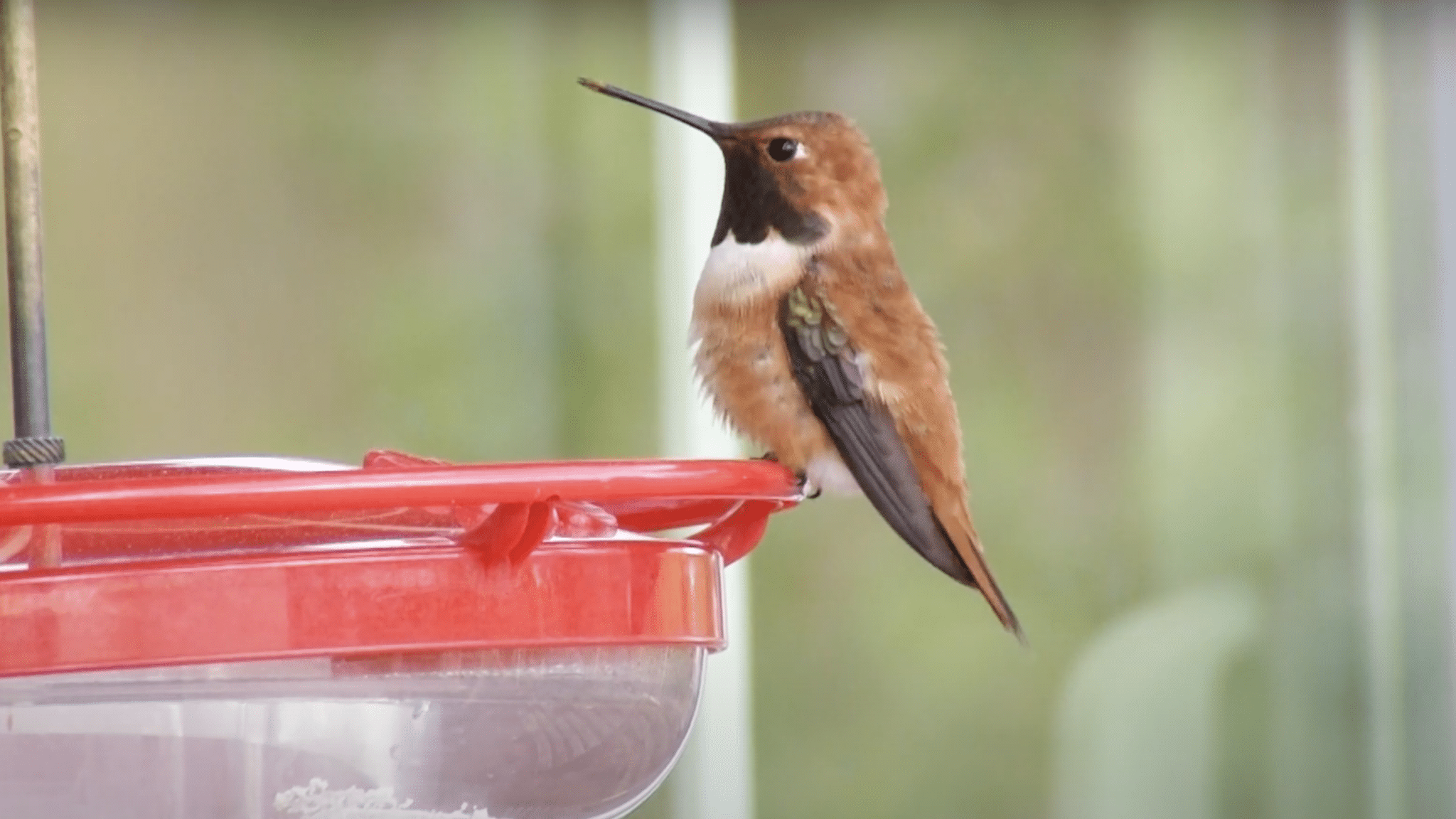
- Scientific Name: Selasphorus rufus
- Place of Origin: North America
- Region: Found in western North America during the breeding season
Fun Facts:
- Rufous hummingbirds are highly aggressive and territorial.
- Despite their small size, they fiercely defend their feeding areas.
- They will challenge larger birds and even small mammals.
18. Russel’s Viper
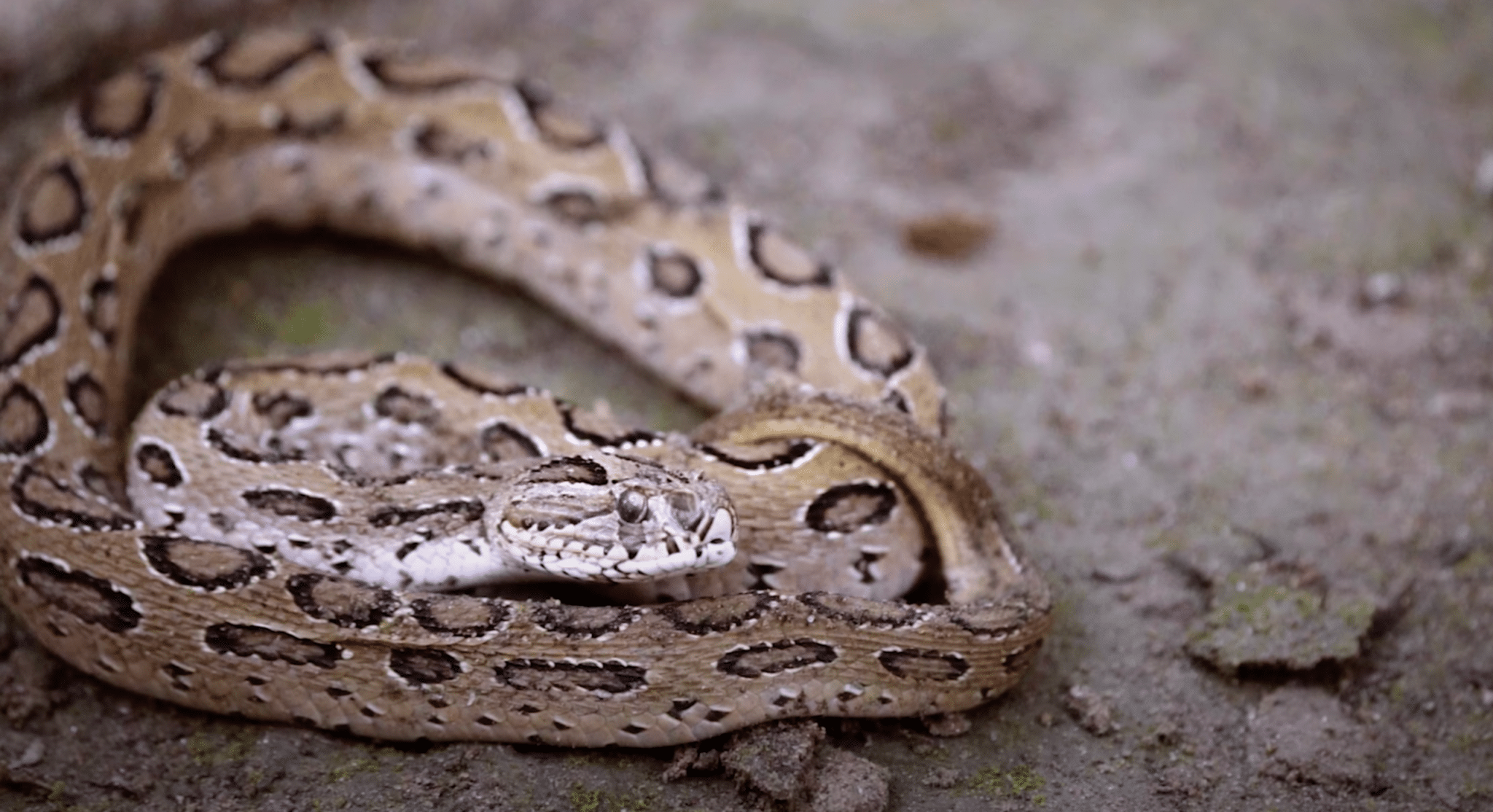
- Scientific Name: Daboia russelii
- Place of Origin: Indian Subcontinent
- Region: Found in various regions of South and Southeast Asia
Fun Facts:
- Russell’s vipers are known for their potent venom.
- They are responsible for many snakebite incidents in their native regions.
- They have a heat-sensing ability to detect warm-blooded prey.
- This allows them to hunt effectively, even in complete darkness.
19. Russian Bear
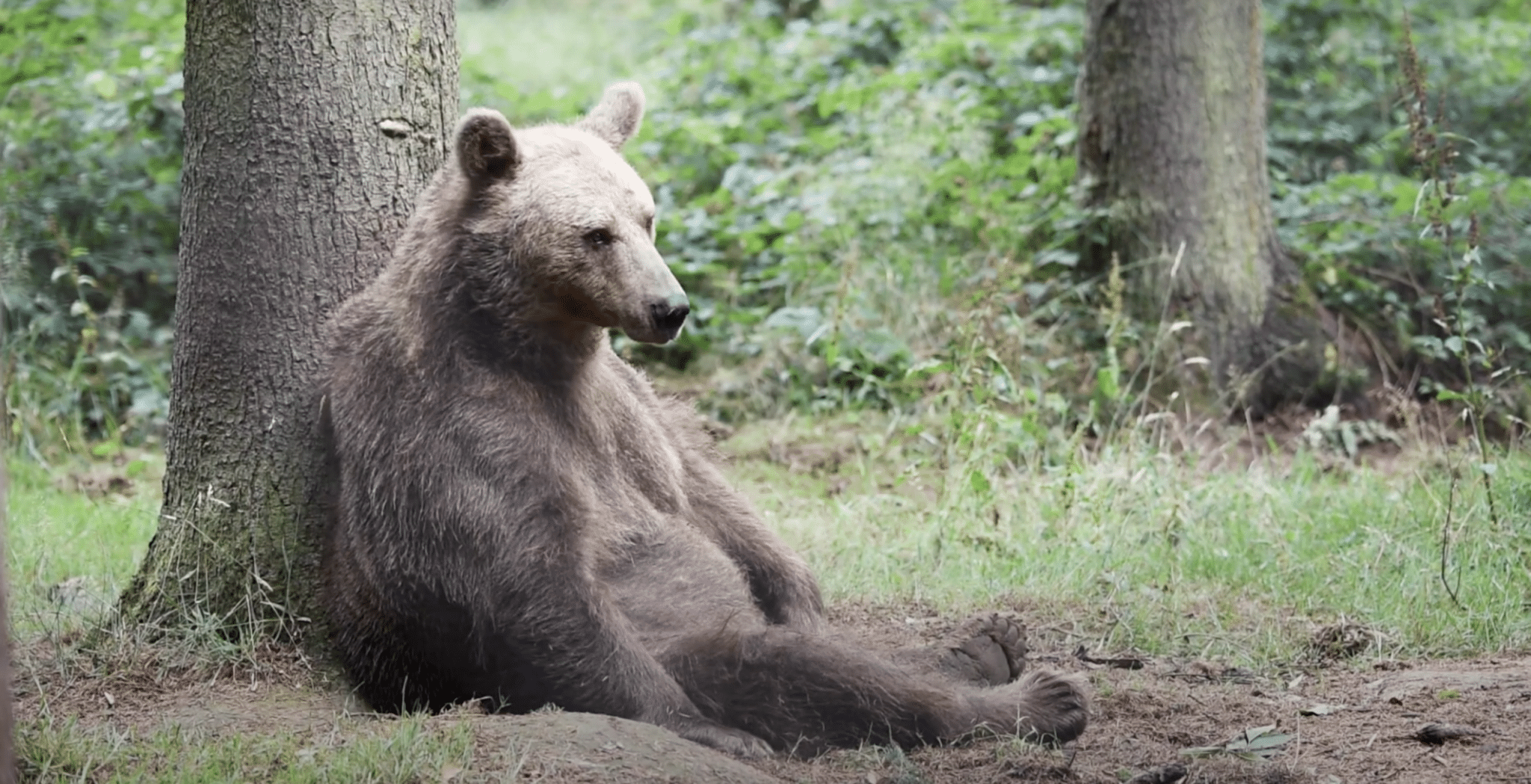
- Scientific Name: Ursus arctos
- Place of Origin: Eurasia
- Region: Found in the various areas of Europe and Asia
Fun Facts:
- The Russian bear, or brown bear, is one of the largest carnivores on Earth.
- Despite their reputation, they are primarily herbivorous.
- Their diet mainly includes plants, berries, and insects.
20. Ryukyu Flying Fox
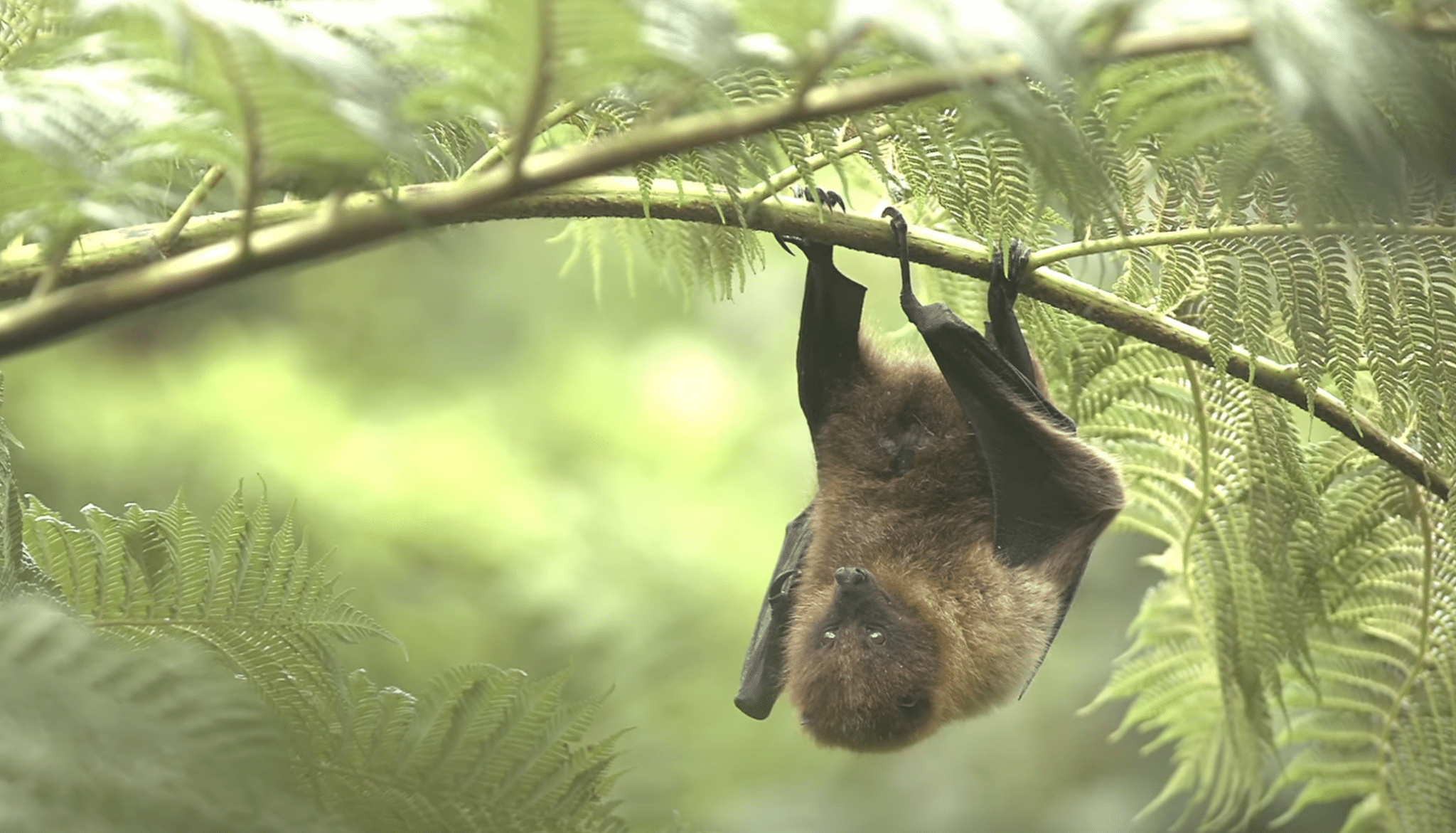
- Scientific Name: Pteropus dasymallus
- Place of Origin: Ryukyu Islands, Japan
- Region: Found in the Ryukyu Islands of Japan
Fun Facts:
- The Ryukyu flying fox is one of the largest bats in the world.
- It has a wingspan of over 1.5 meters.
- These fruit bats are vital for seed dispersal and pollination in their native habitat.
21. Red-Backed Shrike
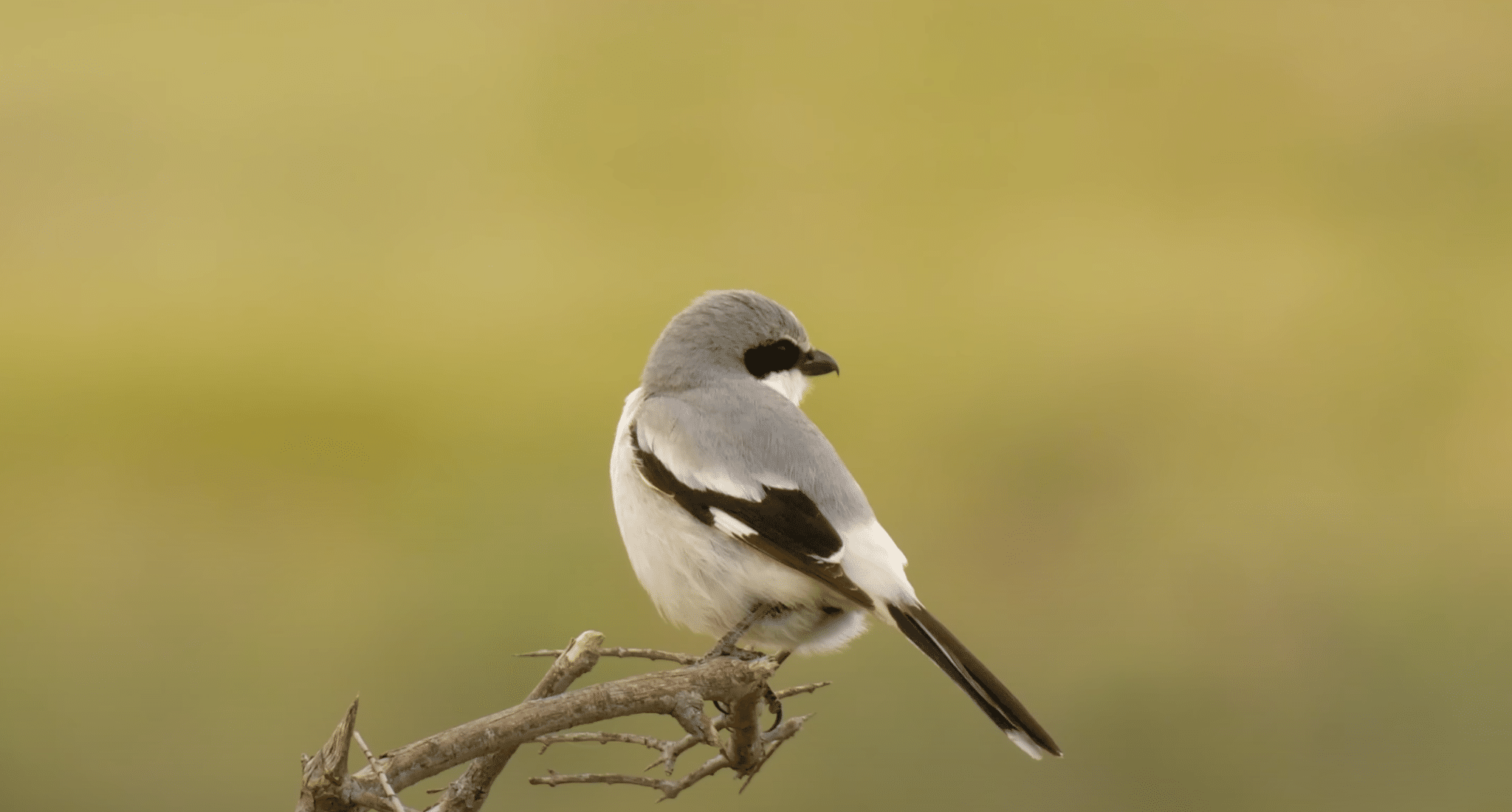
- Scientific Name: Lanius collurio
- Place of Origin: Eurasia
- Region: Found in various regions of Europe and Asia
Fun Facts:
- The red-backed shrike is a small bird with unique hunting behavior.
- It impales prey like insects and small vertebrates on thorns or barbed wire.
- This creates a “larder” for storing food to eat later.
22. Red-Billed Leiothrix
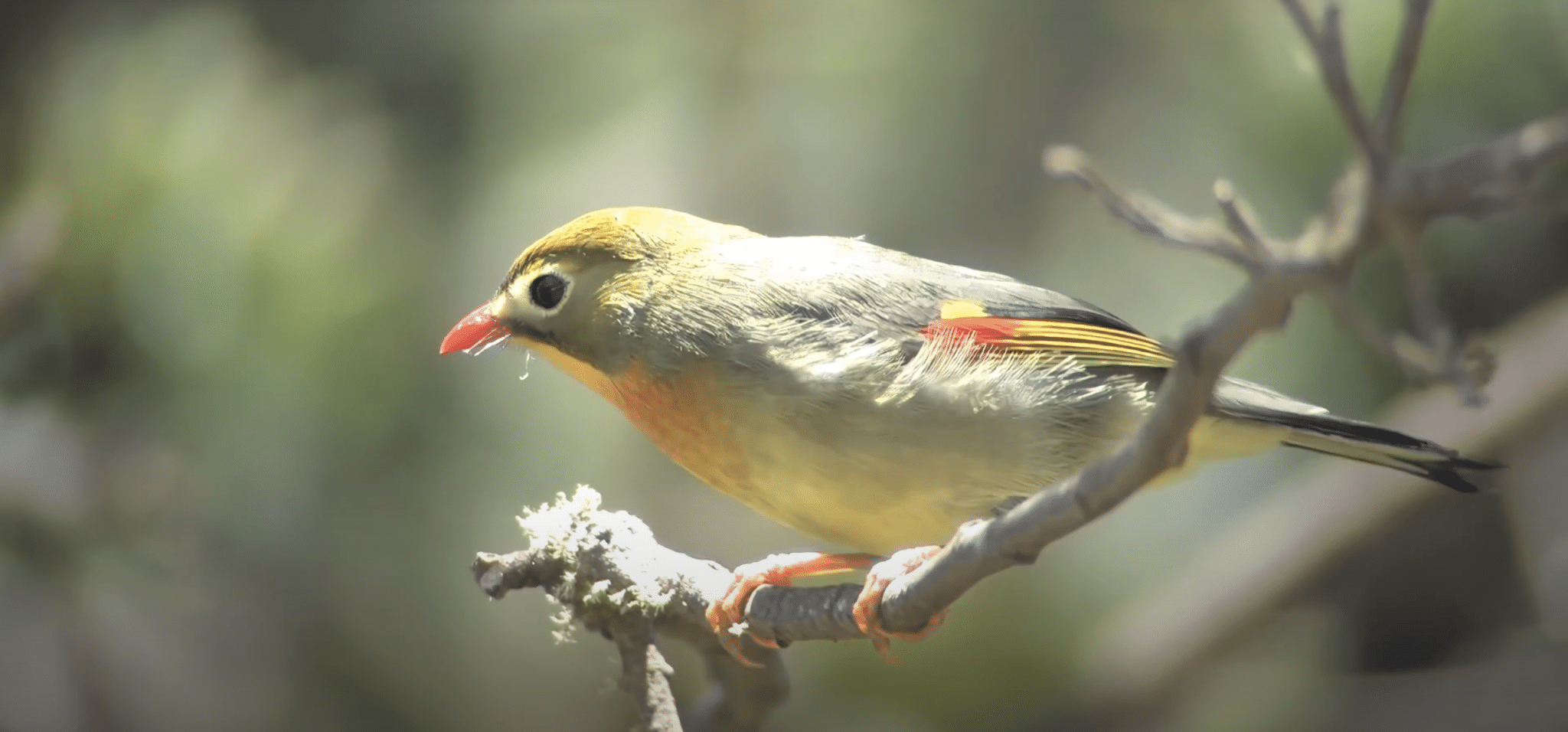
- Scientific Name: Leiothrix lutea
- Place of Origin: Subtropical Asia
- Region: Found in various regions of Southeast Asia
Fun Facts:
- The red-billed leiothrix is a small, colorful bird.
- It is known for its melodious song.
- It can mimic the calls of other bird species.
- This ability makes it a popular cage bird in some regions.
23. Red-Billed Tropicbird

- Scientific Name: Phaethon aethereus
- Place of Origin: Tropical and subtropical regions
- Region: Found in various tropical and subtropical regions worldwide
Fun Facts:
- The red-billed tropicbird is a seabird with striking plumage and long tail feathers.
- It has long, streamer-like tail feathers.
- These birds are expert flyers.
- They can stay airborne for long periods, even sleeping while flying.
24. Red-Eyed Tree Frog
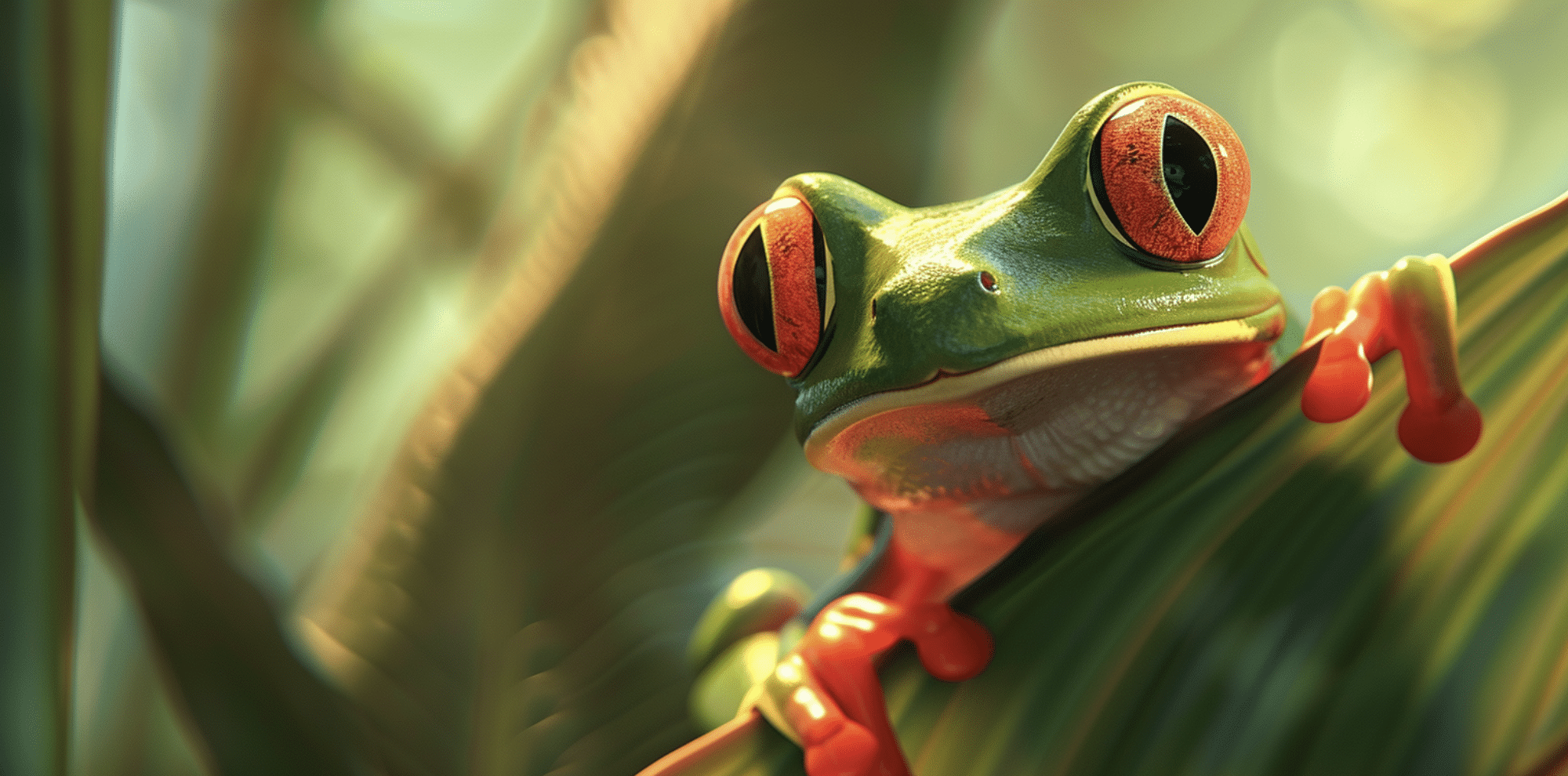
- Scientific Name: Agalychnis callidryas
- Place of Origin: Central America
- Region: Found in various regions of Central America
Fun Facts:
- The red-eyed tree frog is known for its bright green body and striking red eyes.
- It is an arboreal species, living mostly in trees.
- It can change color to blend into its environment for camouflage.
25. Red-Legged Seriema
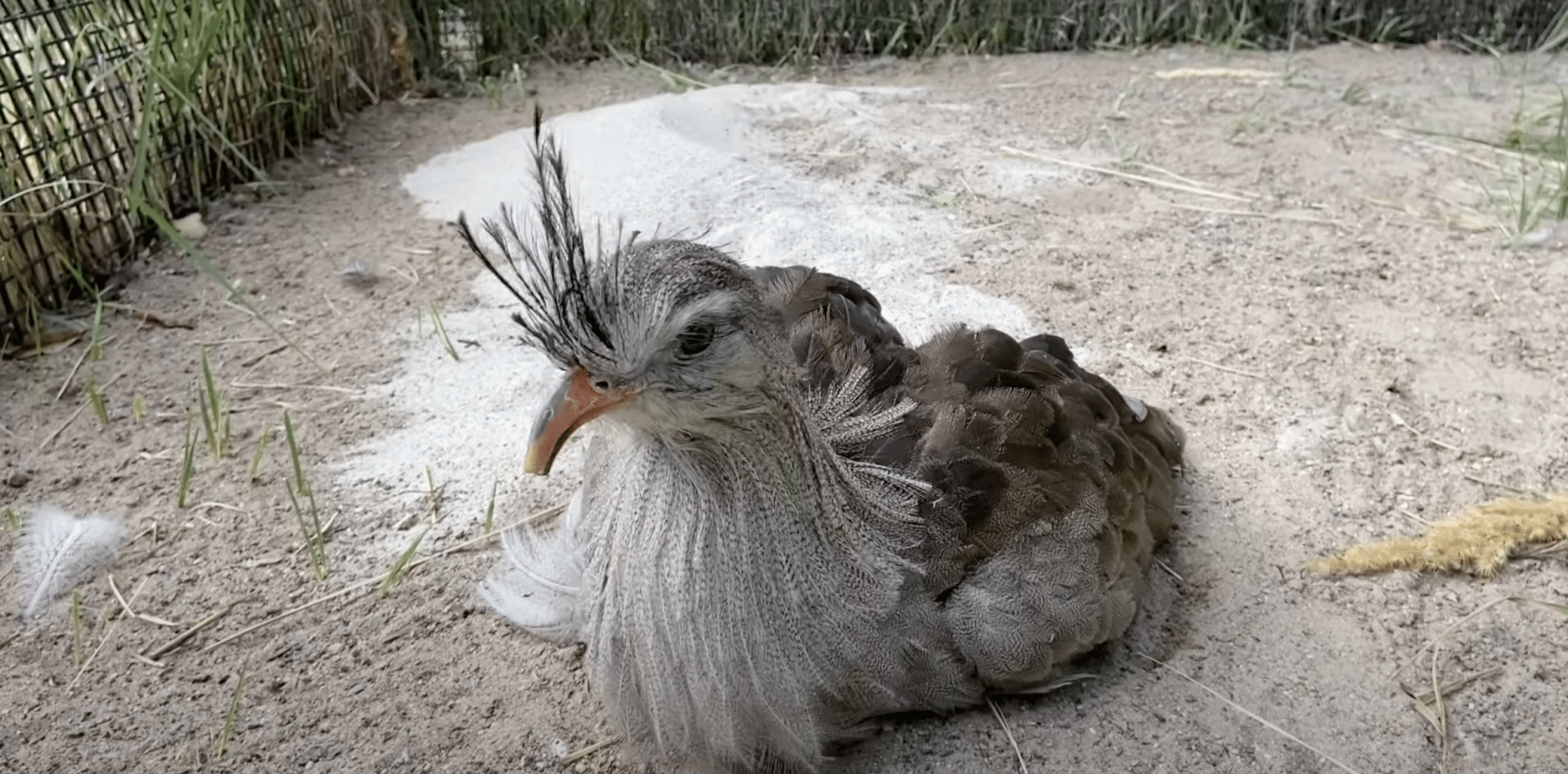
- Scientific Name: Cariama cristata
- Place of Origin: South America
- Region: Found in various regions of South America
Fun Facts:
- The red-legged seriema is a unique bird resembling a mix between a hawk and a heron.
- It has long legs and a hooked beak.
- It hunts on the ground by running after insects, snakes, and small mammals.
26. Red Panda
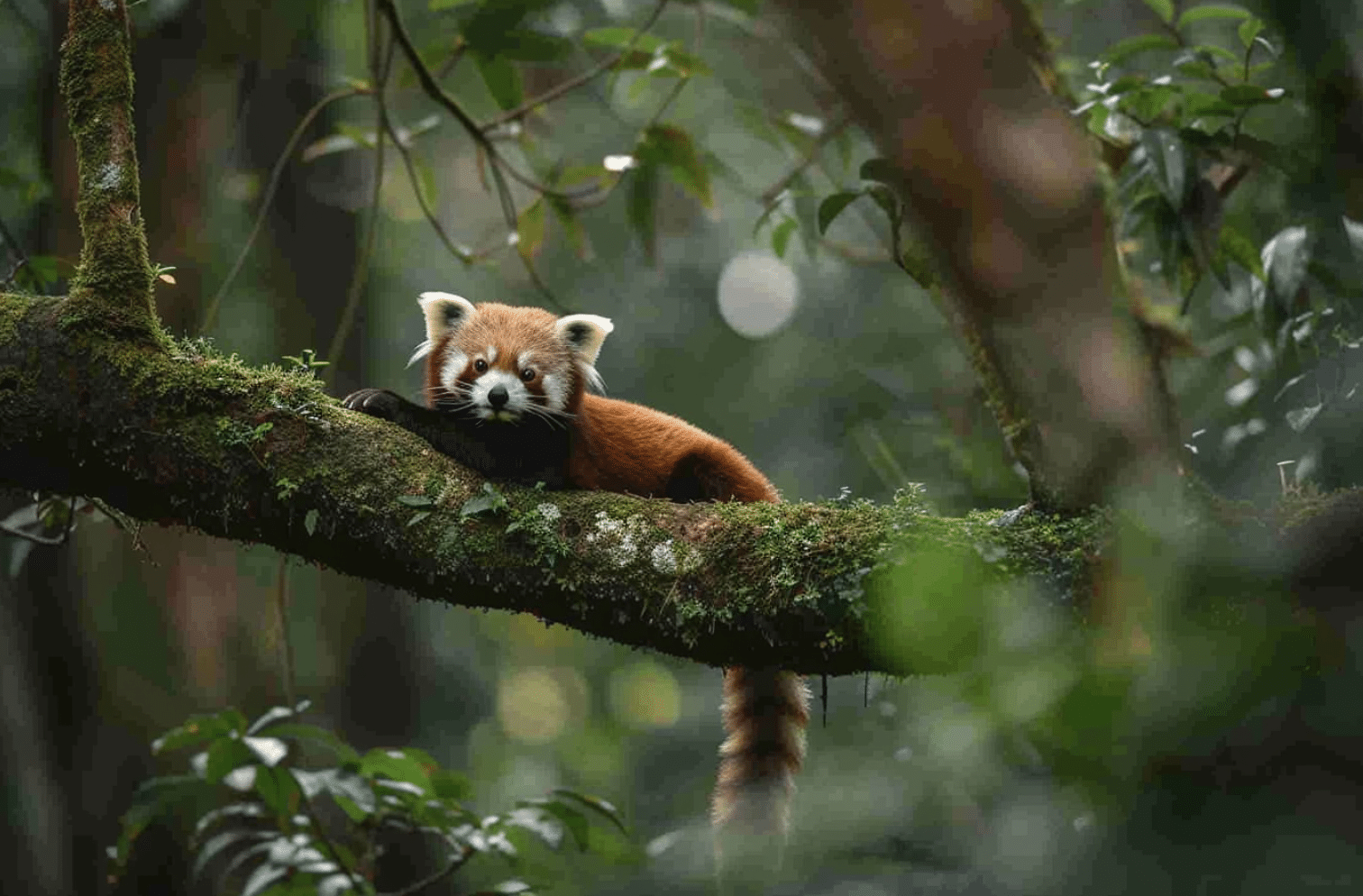
- Scientific Name: Ailurus fulgens
- Place of Origin: Himalayas and southwestern China
- Region: Found in various regions of the Himalayas and southwestern China
Fun Facts:
- Red pandas are not closely related to giant pandas.
- They are skilled climbers and spend most of their time in trees.
- Their diet includes bamboo, eggs, and small mammals.
27. Red Ruffed Lemur
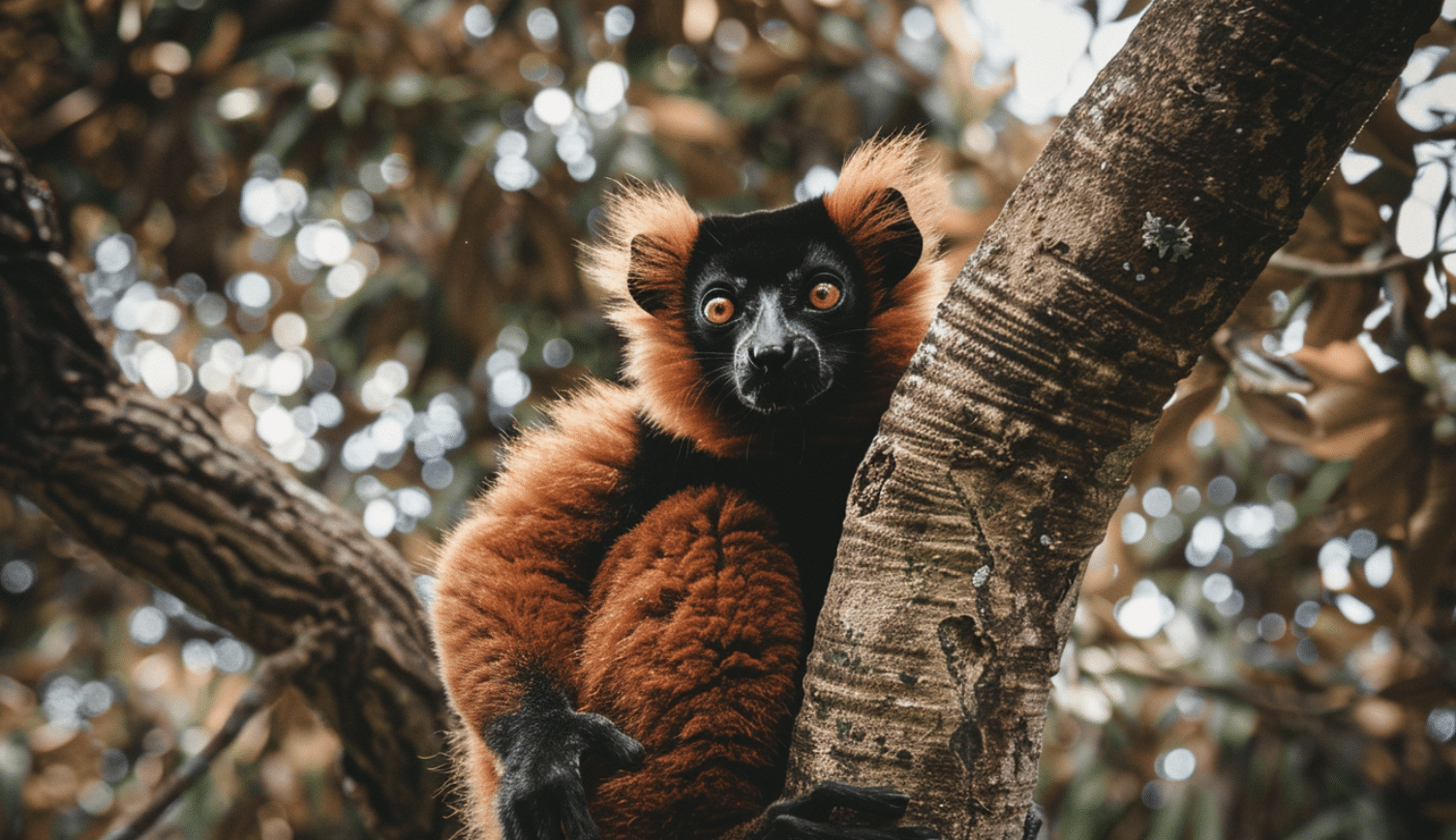
- Scientific Name: Varecia rubra
- Place of Origin: Madagascar
- Region: Found in the various areas of Madagascar
Fun Facts:
- The red ruffed lemur is one of the most endangered primates.
- Fewer than 200 individuals remain in the wild.
- It is known for its striking red fur and ruffed collars.
28. Red Woodpecker
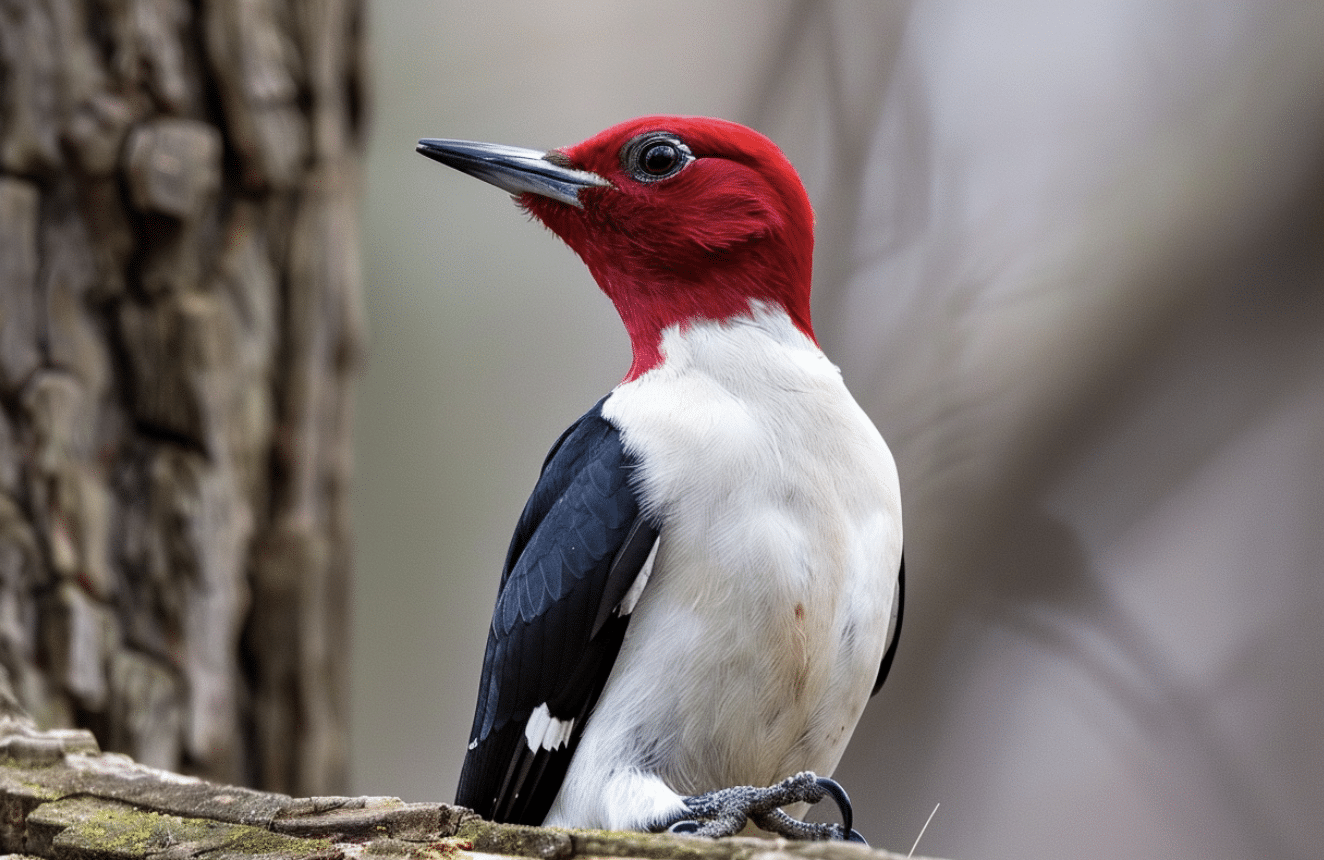
- Scientific Name: Melanerpes carolinus
- Place of Origin: North America
- Region: Found in various regions of eastern North America
Fun Facts:
- The red woodpecker is recognized by its red cap and black-and-white striped back.
- It drills holes in trees to make nesting cavities.
- It feeds on insects and sap found in the wood.
29. Reindeer Moss
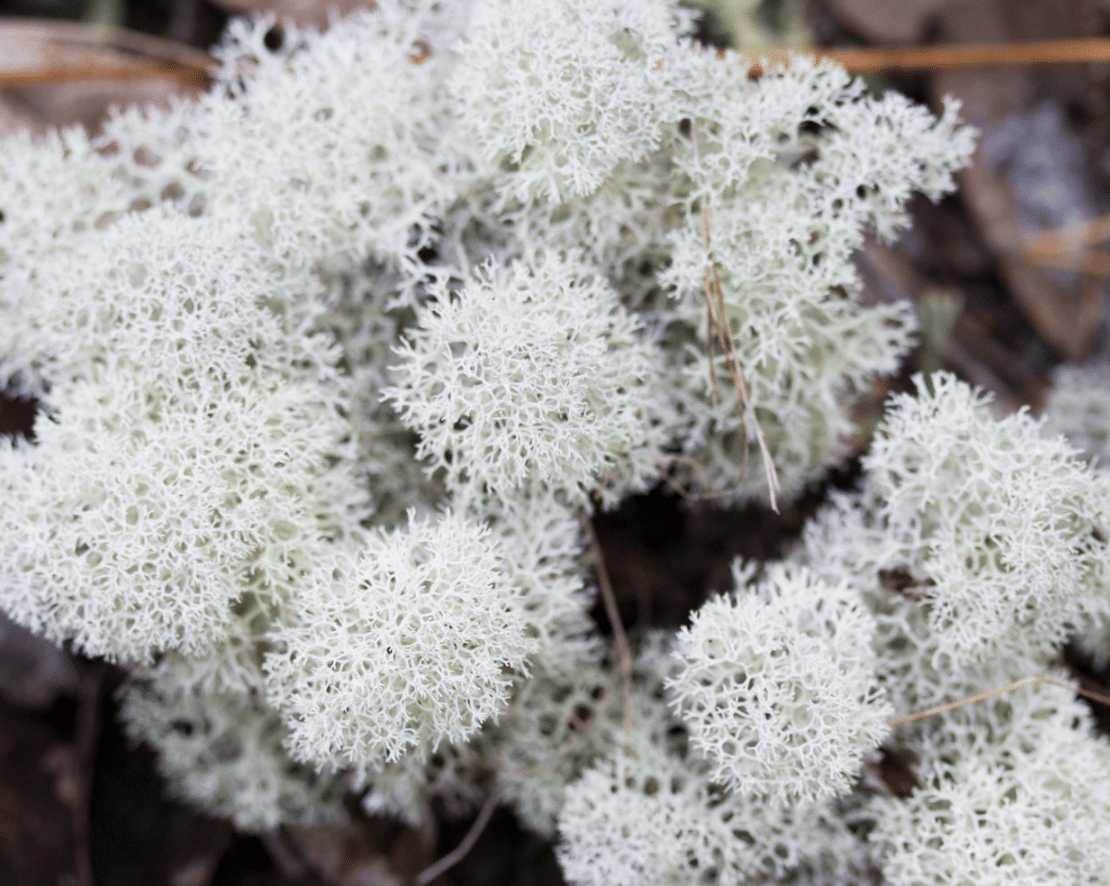
- Scientific Name: Cladonia rangiferina
- Place of Origin: Northern Hemisphere
- Region: Found in various areas of the Northern Hemisphere
Fun Facts:
- Reindeer moss is actually a type of lichen, not a moss.
- It is a vital food source for reindeer and caribou in the Arctic.
- It provides essential nutrients during harsh winter months.
30. Rhesus Macaque
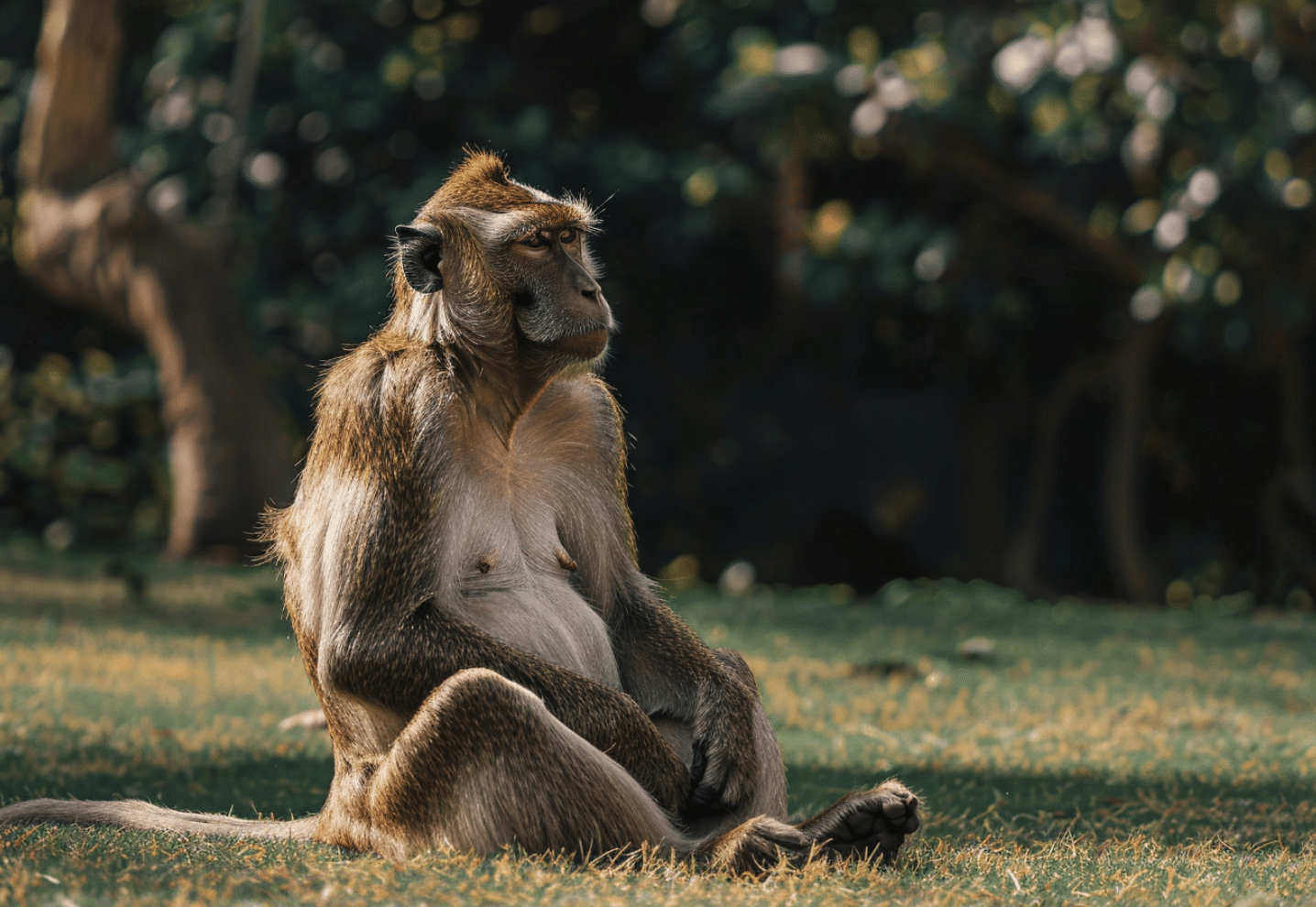
- Scientific Name: Macaca mulatta
- Place of Origin: South and Southeast Asia
- Region: Found in various regions of South and Southeast Asia
Fun Facts:
- The rhesus macaque is one of the most widely studied primates.
- It shares a close genetic relationship with humans.
- These monkeys have complex social structures and hierarchies.
31. Ribbon Seal

- Scientific Name: Histriophoca fasciata
- Place of Origin: Arctic regions
- Region: Found in the various areas of the Arctic Ocean
Fun Facts:
- The ribbon seal is known for its distinctive, ribbon-like markings.
- It spends most of its time in the water.
- It can stay submerged for up to an hour while hunting fish and crustaceans.
32. Ring-Tailed Lemur
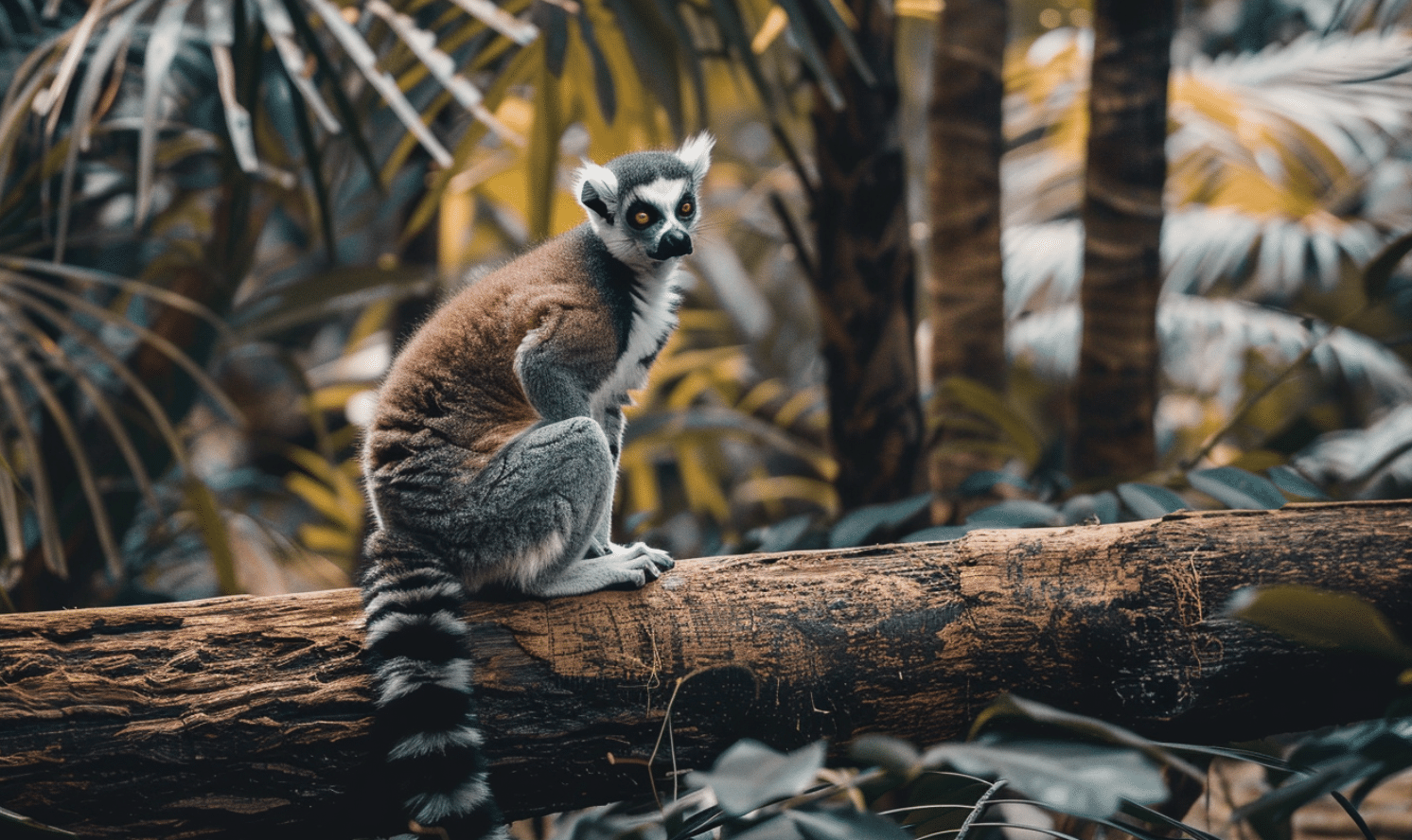
- Scientific Name: Lemur catta
- Place of Origin: Madagascar
- Region: Found in various regions of Madagascar
Fun Facts:
- The ring-tailed lemur is easily recognized by its black-and-white striped tail.
- It uses its tail for communication and balance.
- Ring-tailed lemurs are highly social animals.
- They live in large groups called troops.
33. Ringtail
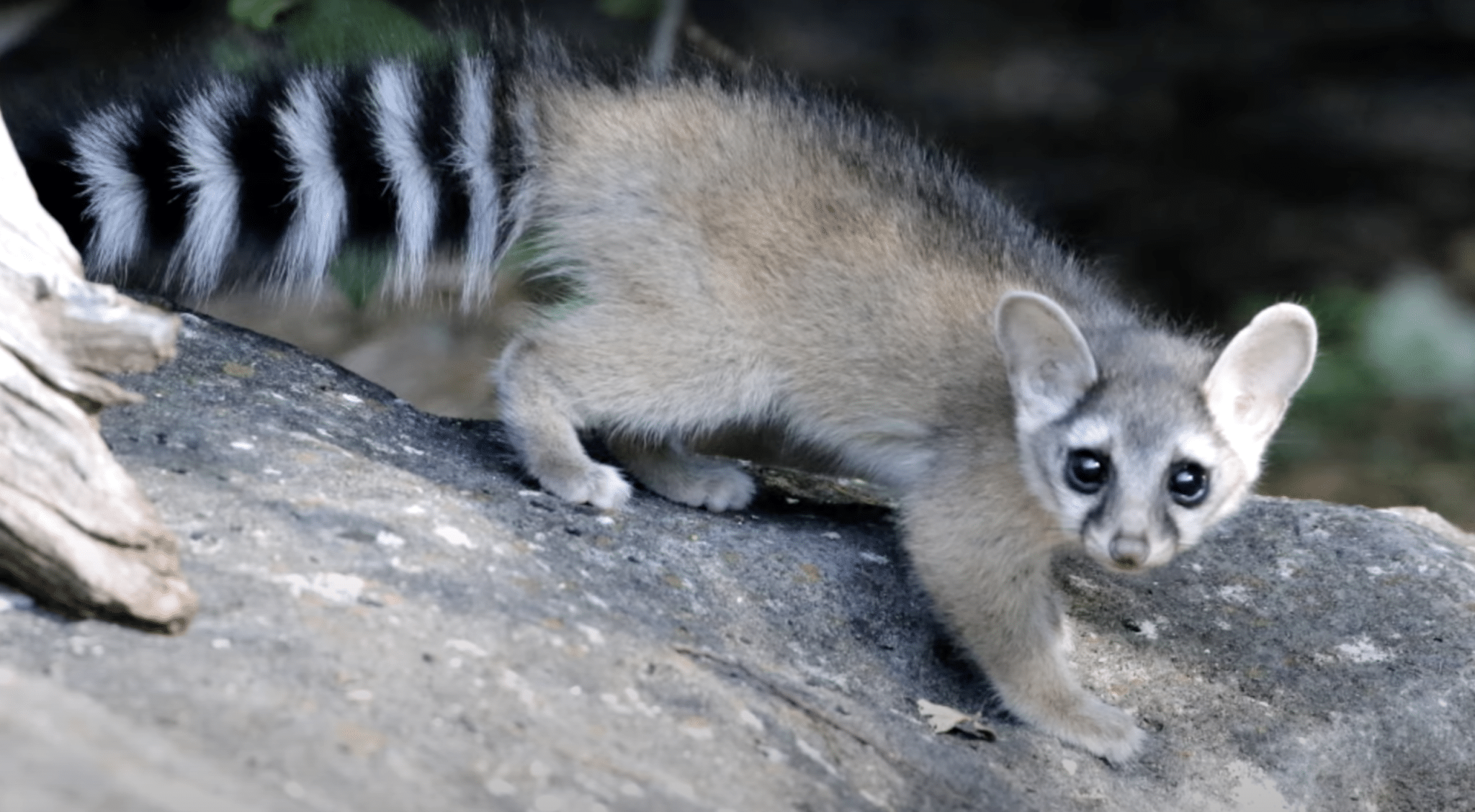
- Scientific Name: Bassariscus astutus
- Place of Origin: North America
- Region: Found in the various areas of the southwestern United States and Mexico
Fun Facts:
- The ringtail is a nocturnal mammal resembling a mix of a cat and a raccoon.
- It is an excellent climber.
- Its long, striped tail aids in balance and communication.
34. River Otter
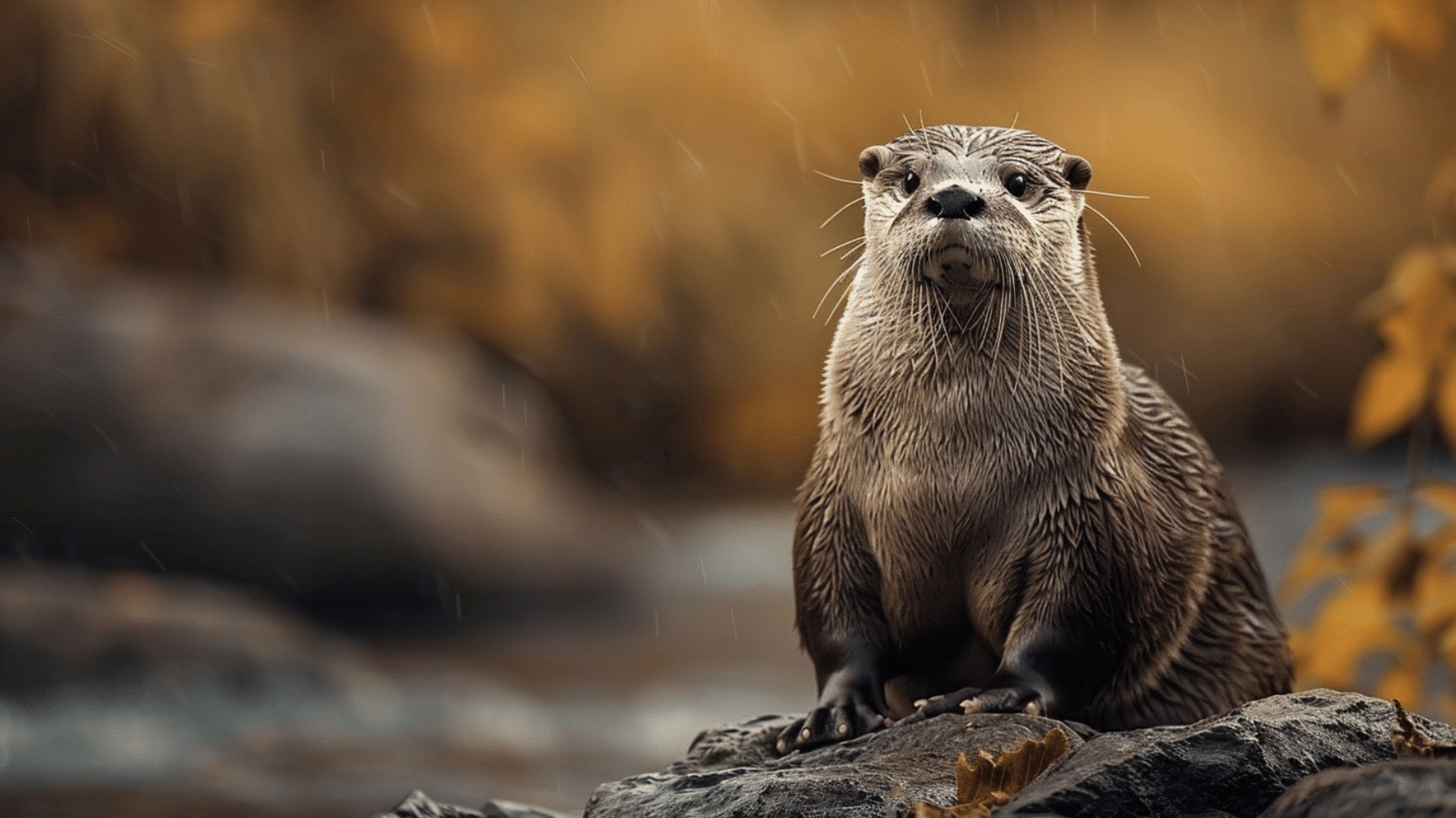
- Scientific Name: Lontra canadensis
- Place of Origin: North America
- Region: Found in the various areas of North America
Fun Facts:
- River otters are playful and social animals.
- They are highly agile in the water.
- They have dense, waterproof fur coats.
- Their webbed feet make them excellent swimmers and divers.
35. River Turtle
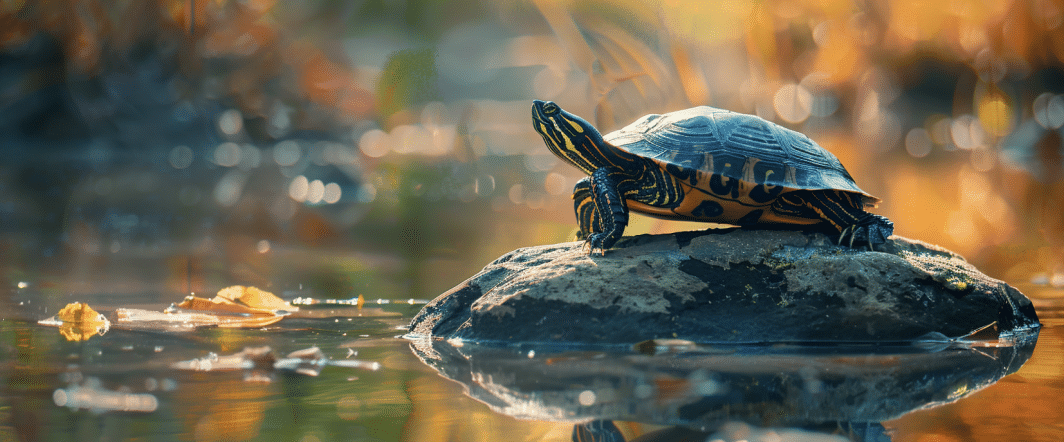
- Scientific Name: Batagur
- Place of Origin: Asia
- Region: Found in various areas of Asia
Fun Facts:
- River turtles are well adapted to freshwater environments.
- They have streamlined shells and webbed feet for efficient swimming.
- Many species are critically endangered.
- Major threats include habitat loss and illegal trade.
36. Roseate Tern
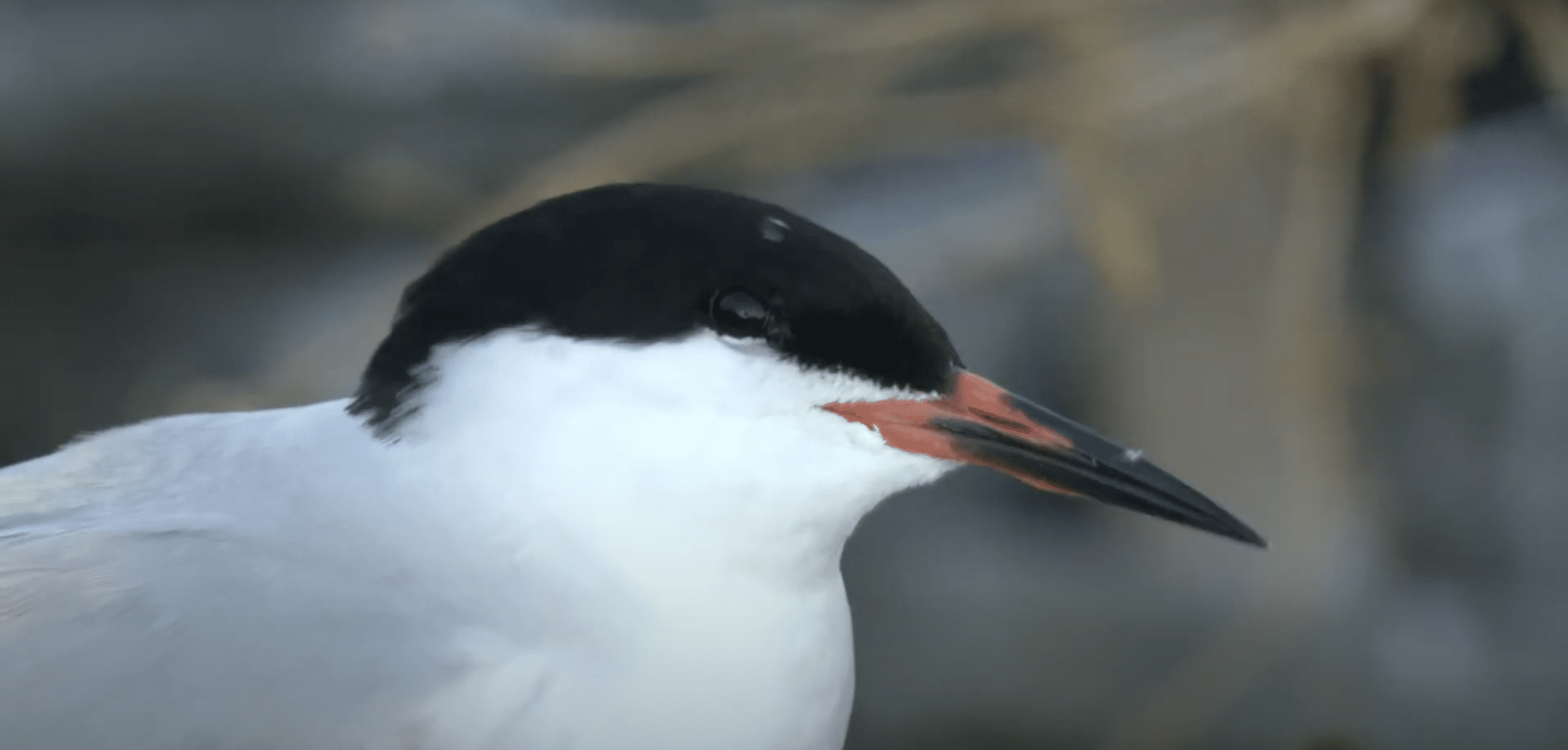
- Scientific Name:Sterna dougallii
- Place of Origin: Tropical and subtropical regions
- Region: Found in various coastal regions worldwide, including the Caribbean, Indian Ocean, and the Atlantic
Fun Facts:
- The roseate tern is a slender seabird with a long, forked tail and pinkish-white plumage.
- It is highly social and nests in large colonies, often with other terns.
- Known for its graceful flight and distinctive calls.
- Commonly seen and heard in coastal areas.
37. Rock Pigeon
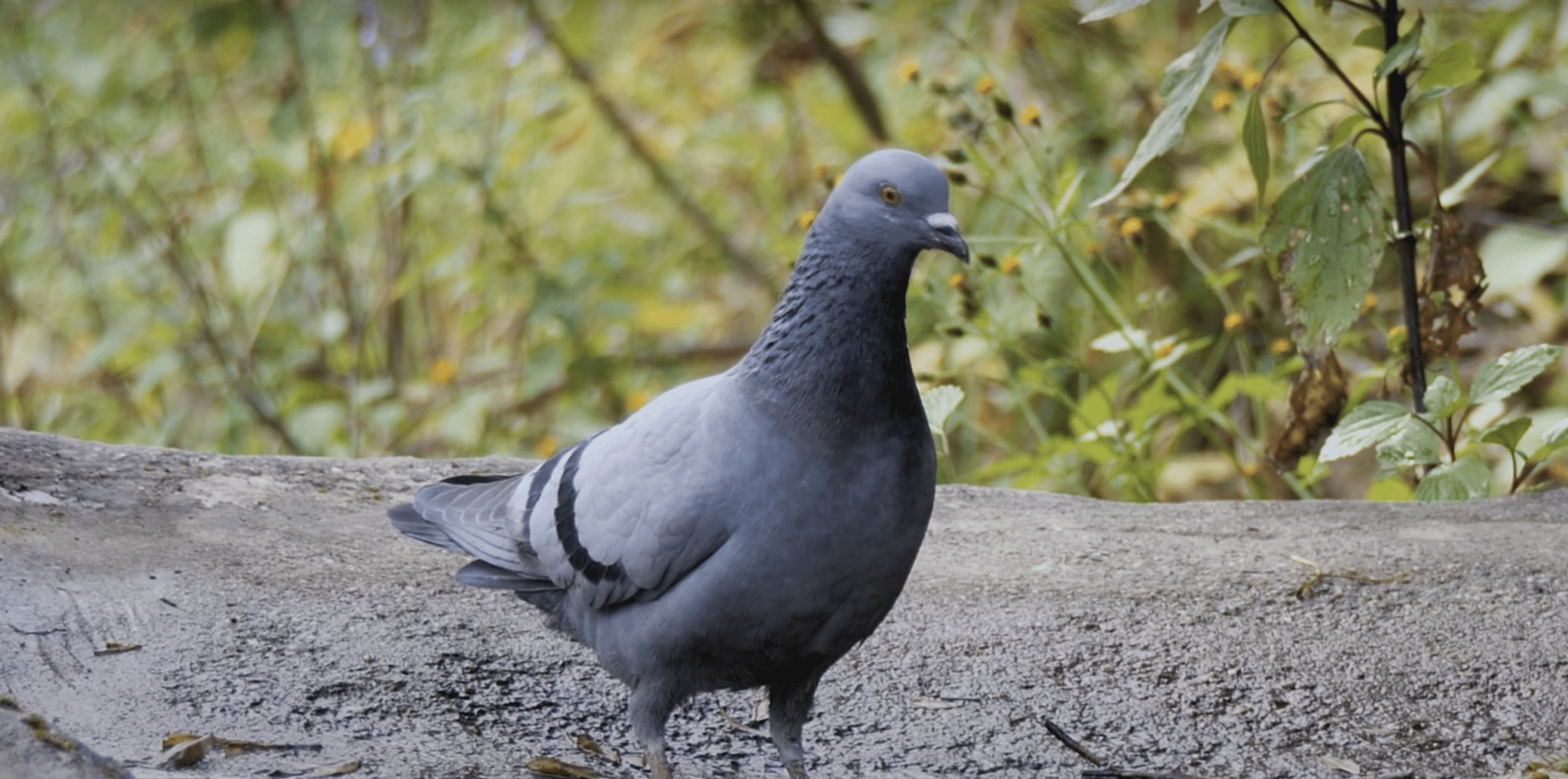
- Scientific Name: Columba livia
- Place of Origin: Europe, North Africa, and South Asia
- Region: Found worldwide due to domestication and introductions
Fun Facts:
- Rock pigeons, also called feral pigeons or city doves, descend from domesticated rock doves.
- They are well adapted to urban environments.
- They can recognize human faces.
- This ability helps them identify potential food sources.
38. Rockfish
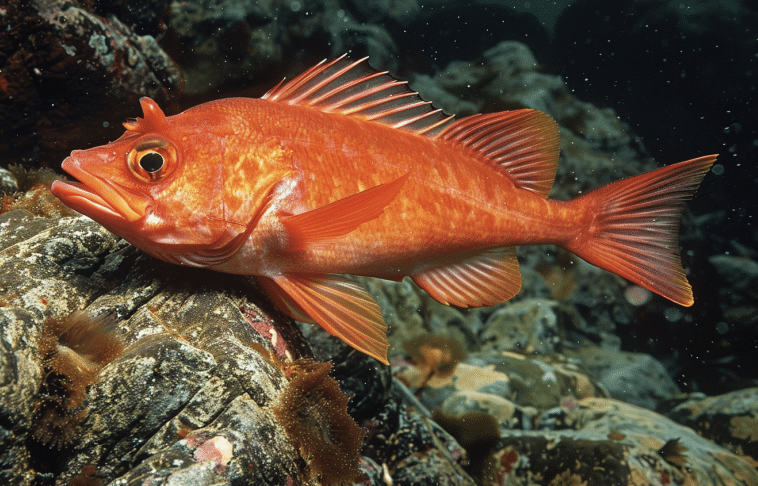
- Scientific Name: Sebastes
- Place of Origin: Pacific Ocean
- Region: Found in the Pacific Ocean, primarily along the western coasts of North America
Fun Facts:
- Rockfish include over 100 diverse species.
- They range in color from bright reds and oranges to camouflaged browns and greens.
- Some species can live for over 200 years.
- They are among the longest-lived fish in the world.
39. Rohita
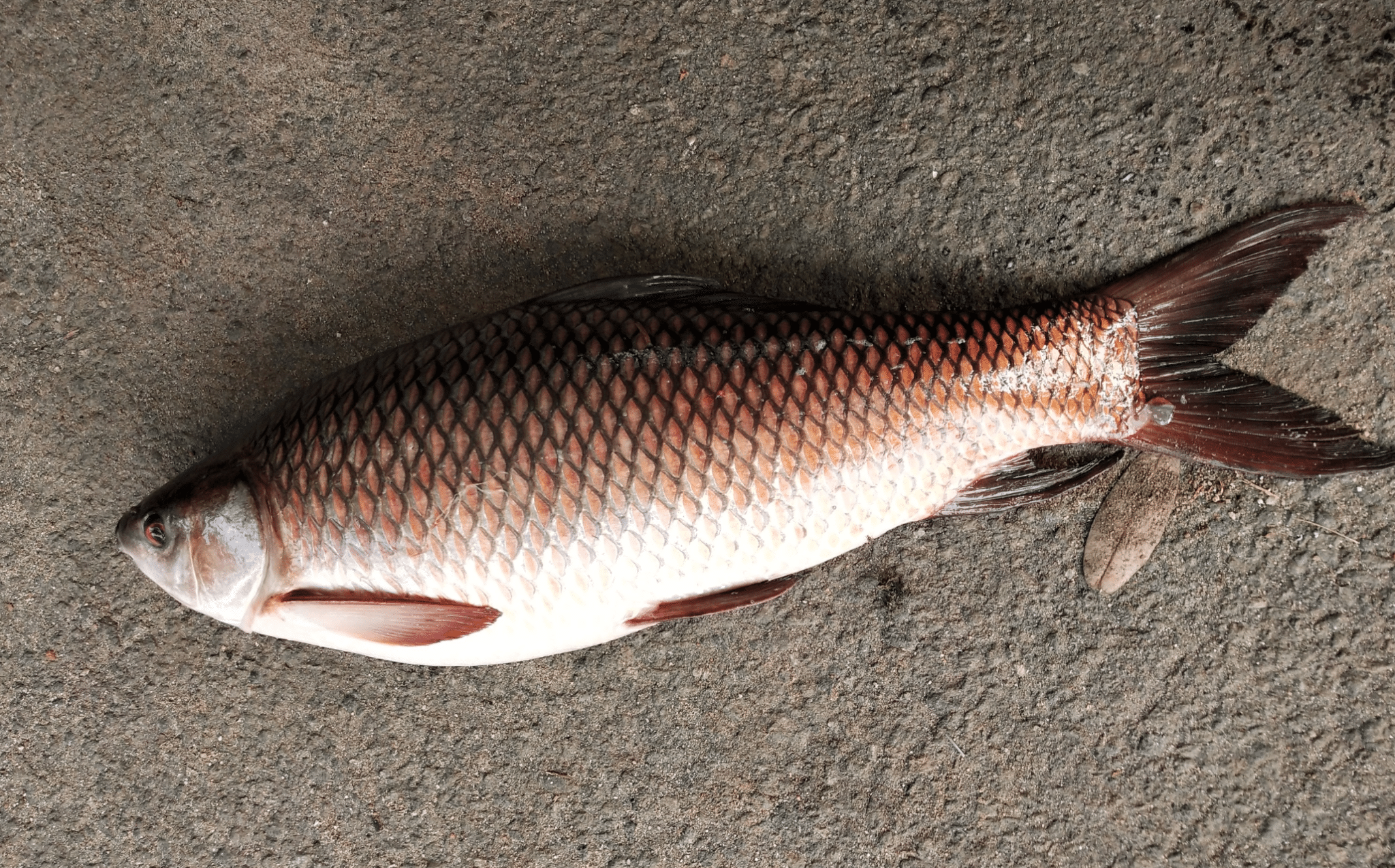
- Scientific Name: Labeo rohita
- Place of Origin: South Asia
- Region: Found in various freshwater systems in South and Southeast Asia
Fun Facts:
- The rohita, also known as rohu or roho labeo, is a popular food fish in South Asia.
- It is a species of carp.
- It can grow up to 2 meters in length.
- It can weigh over 25 kilograms, making it one of the largest freshwater fish in the region.
40. Roseate Spoonbill
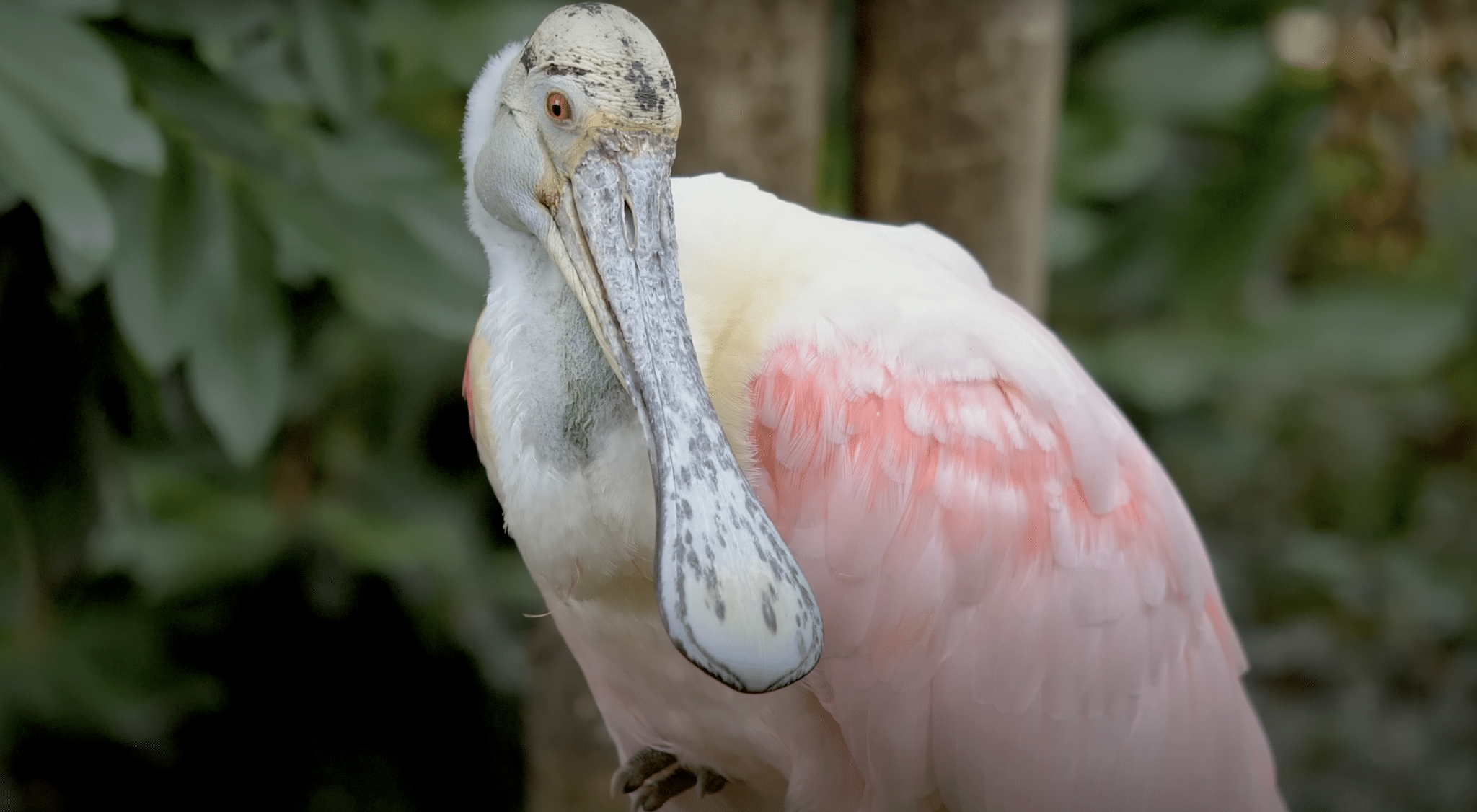
- Scientific Name: Platalea ajaja
- Place of Origin: North and South Americas
- Region: Found in the coastal areas of the Americas, from the southeastern United States to Argentina
Fun Facts:
- The roseate spoonbill is a striking wading bird with bright pink plumage.
- It has a distinctive spoon-shaped bill.
- It feeds by sweeping its bill side to side in shallow water.
- Its diet includes small fish, crustaceans, and aquatic insects.
Final Words
Who knew the letter “R” could pack such a punch in the animal world? From tiny tree frogs to massive rhinoceros beetles, these creatures prove nature’s creativity knows no bounds.
Next time someone challenges you to an animal alphabet game, you’ll be armed with an arsenal of “R” animals that’ll leave them speechless.
Remember the resilient roadrunner, the mysterious red panda, and those rainbow-colored reef fish.
The animal kingdom still holds countless surprises, and these remarkable “R” residents are just the beginning. Keep finding, keep learning, and never stop marveling at the incredible diversity surrounding us.

